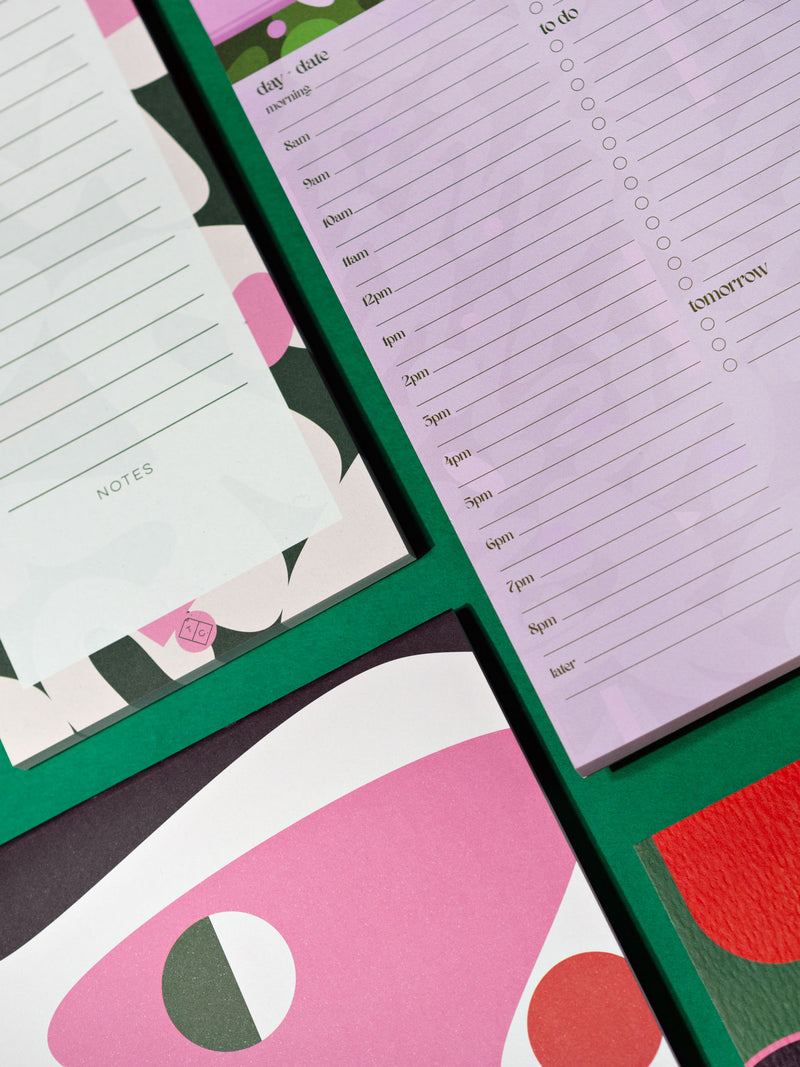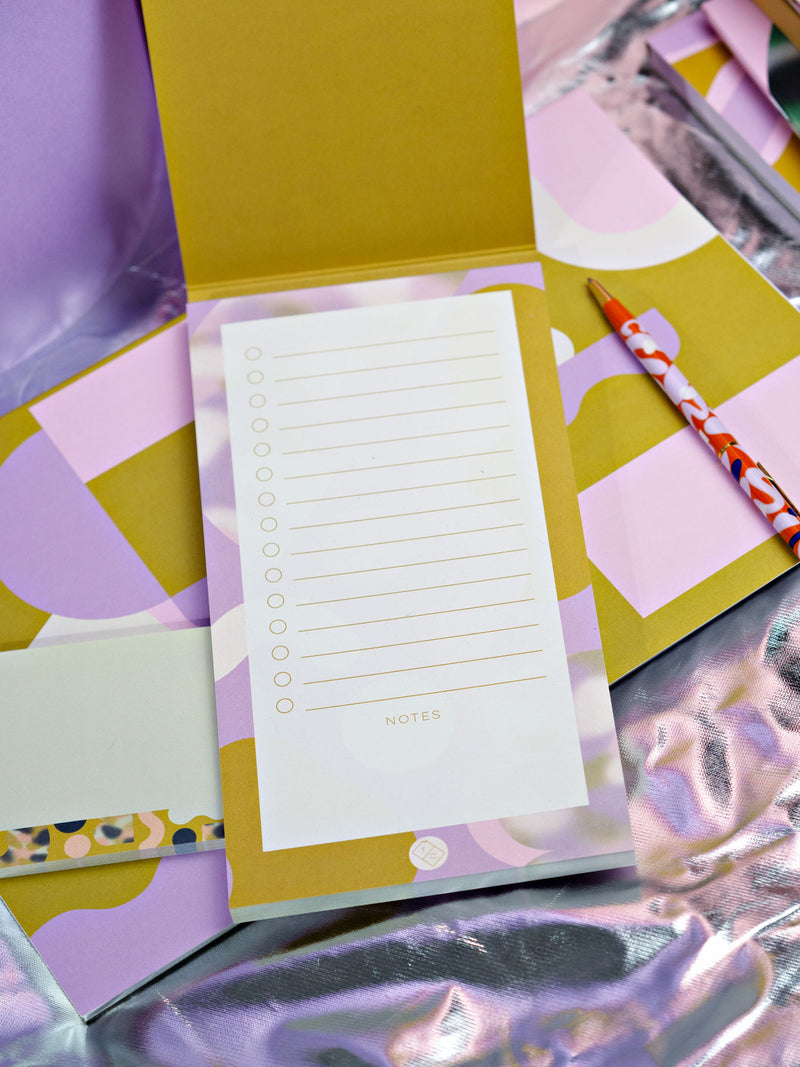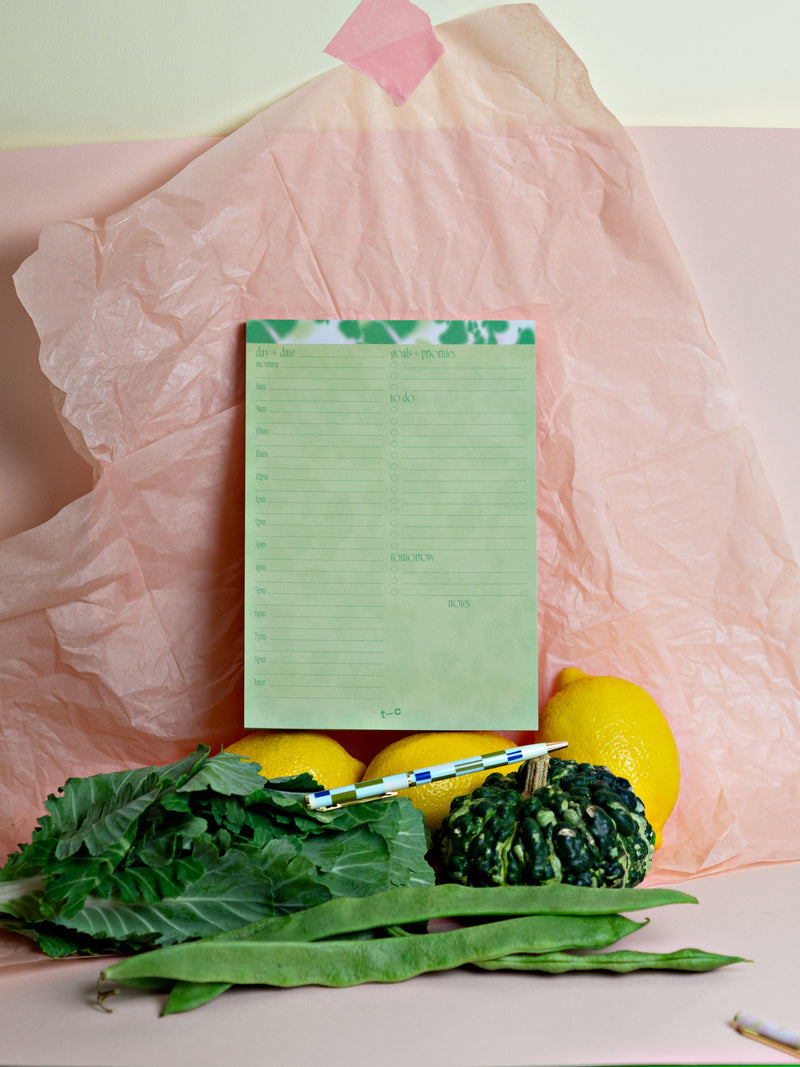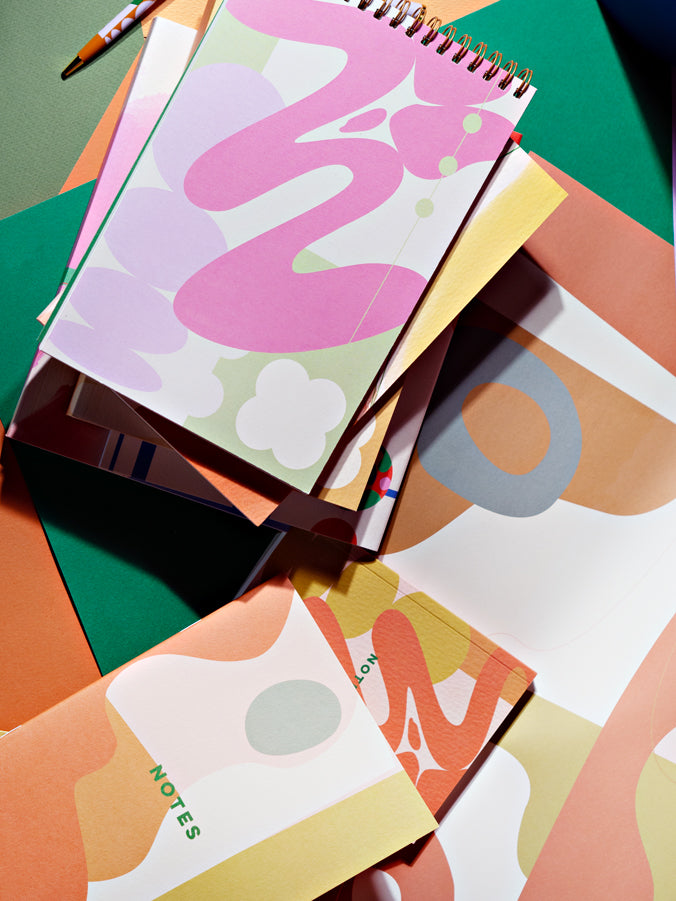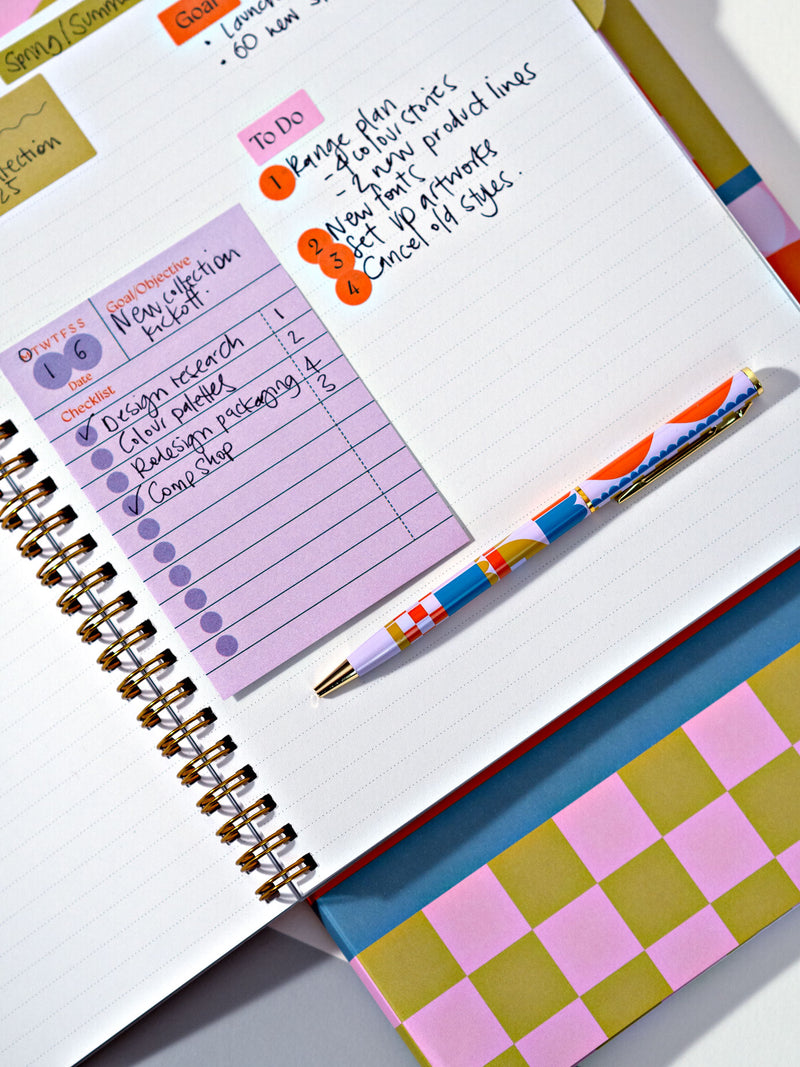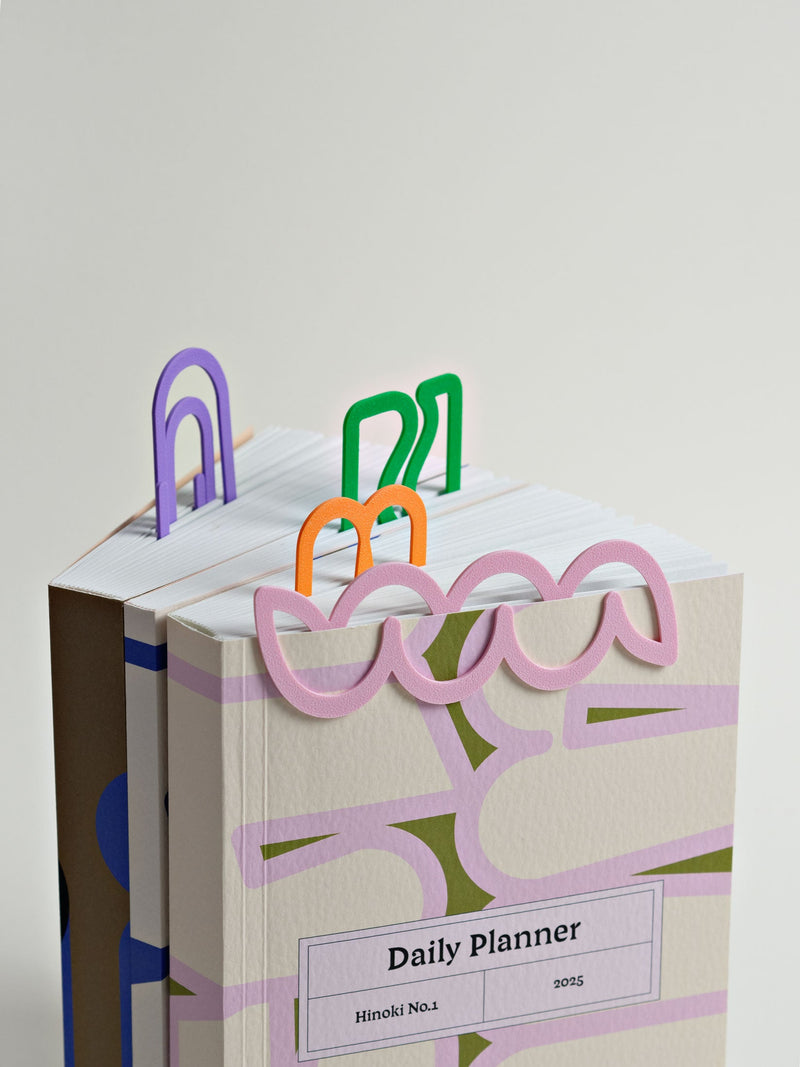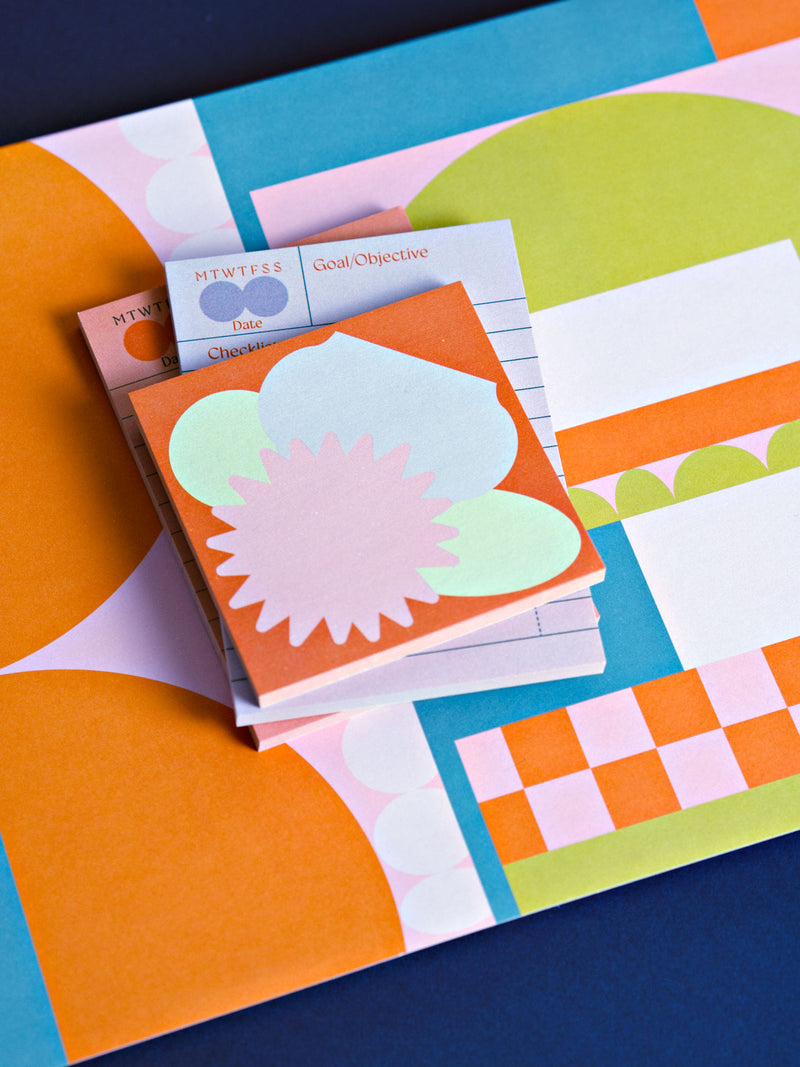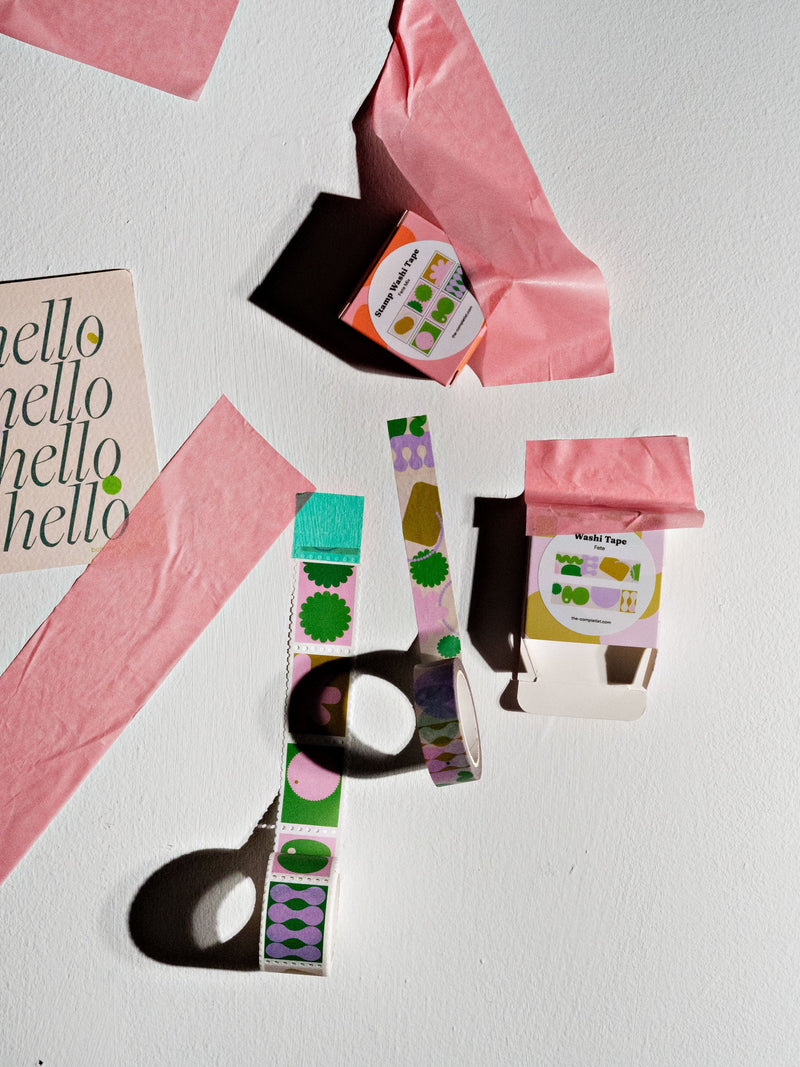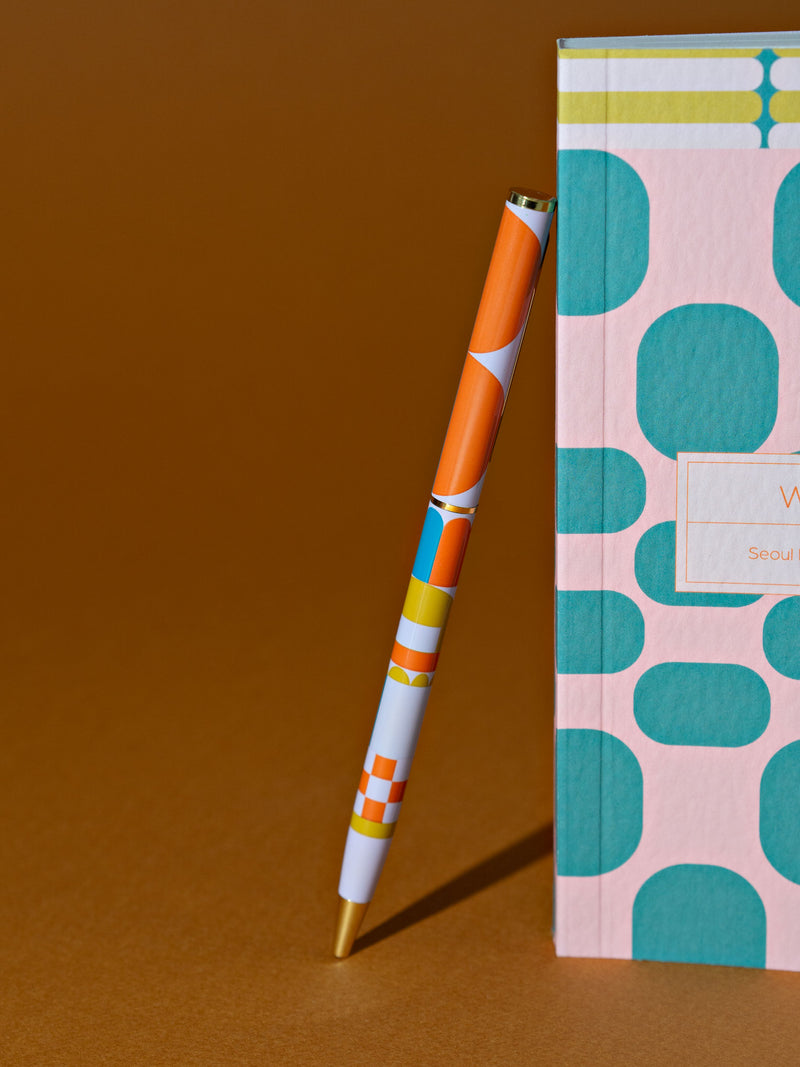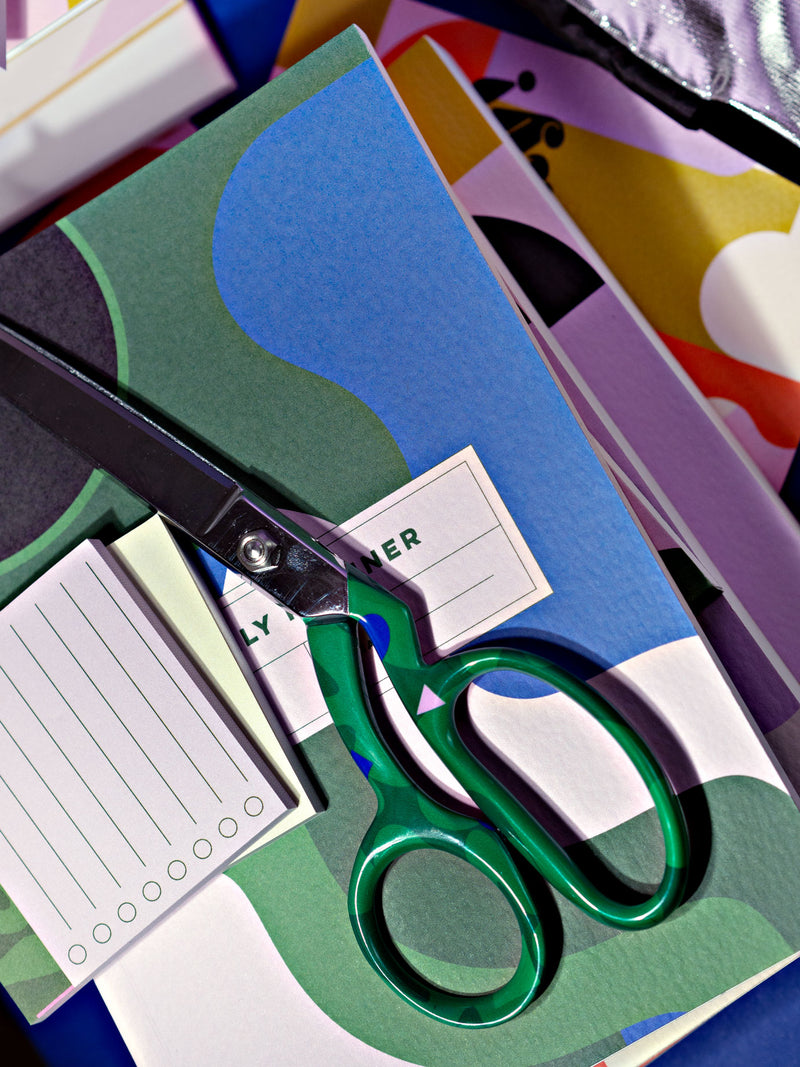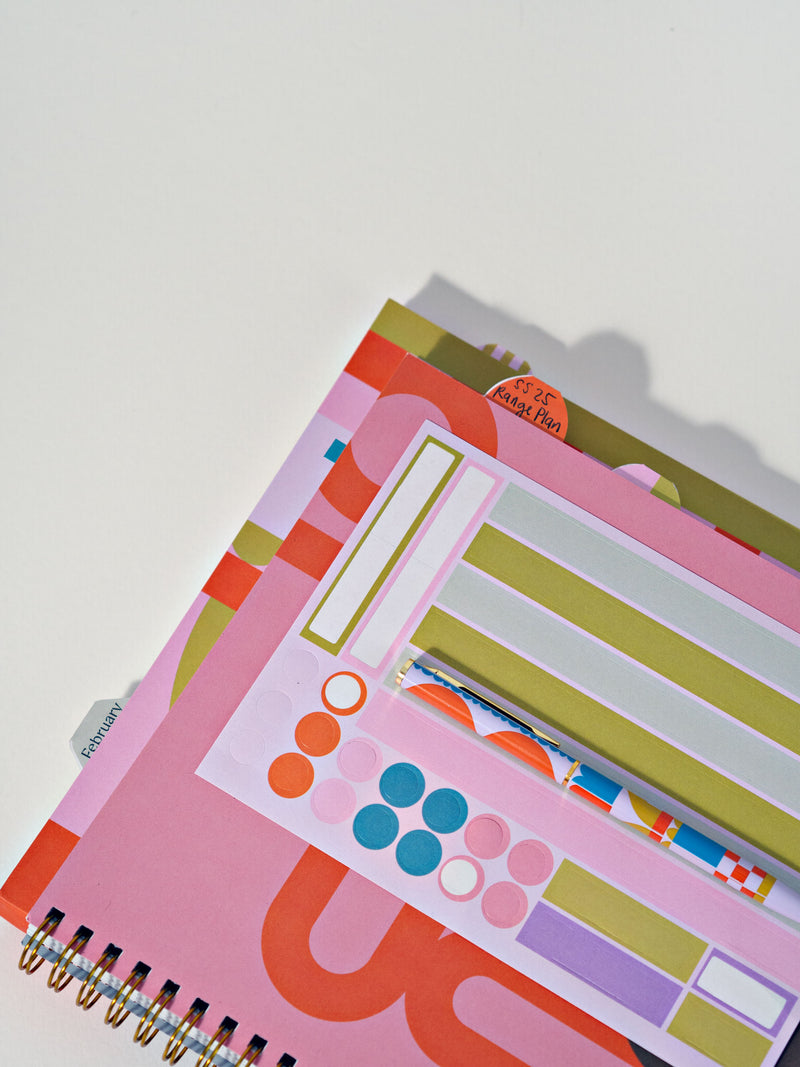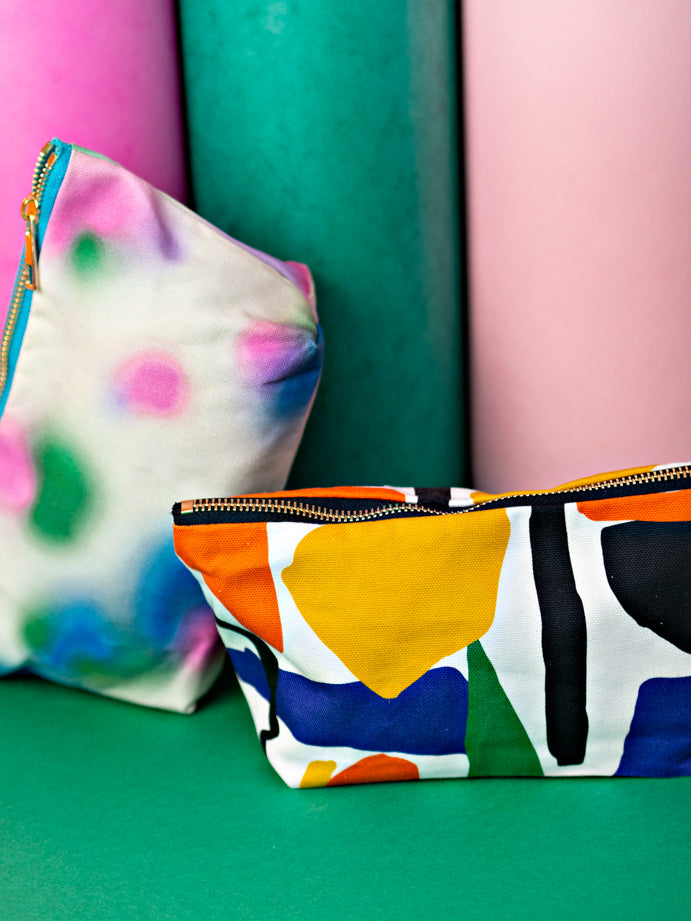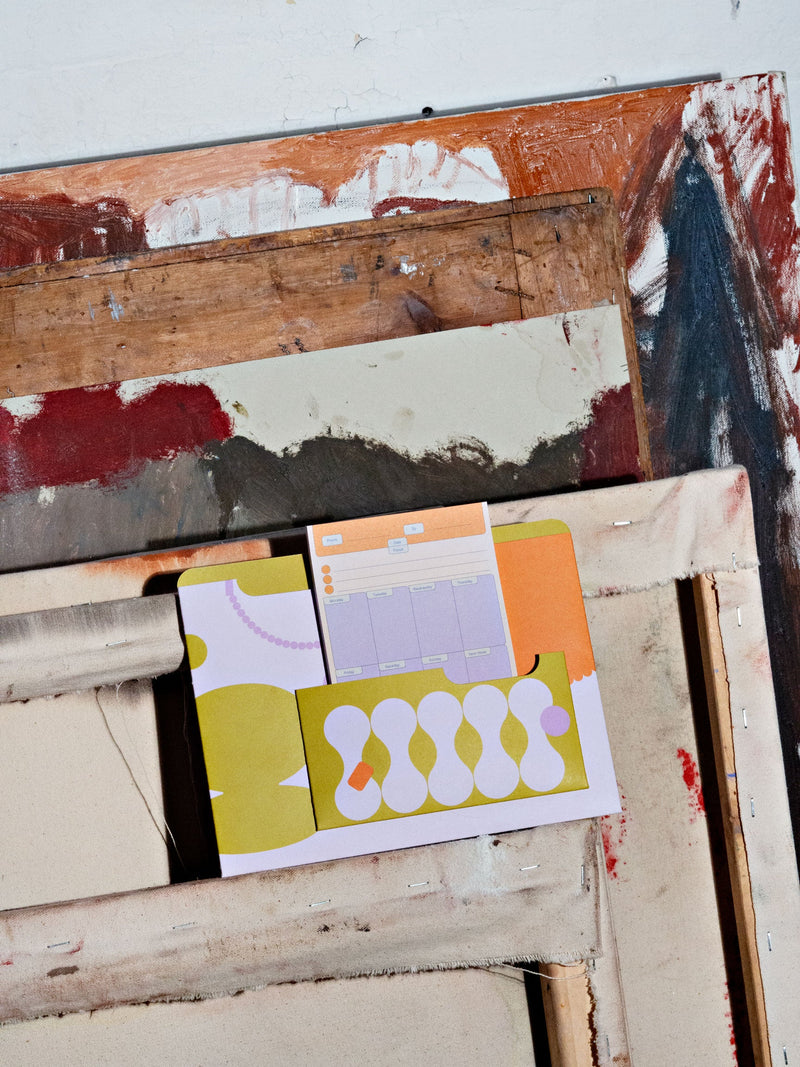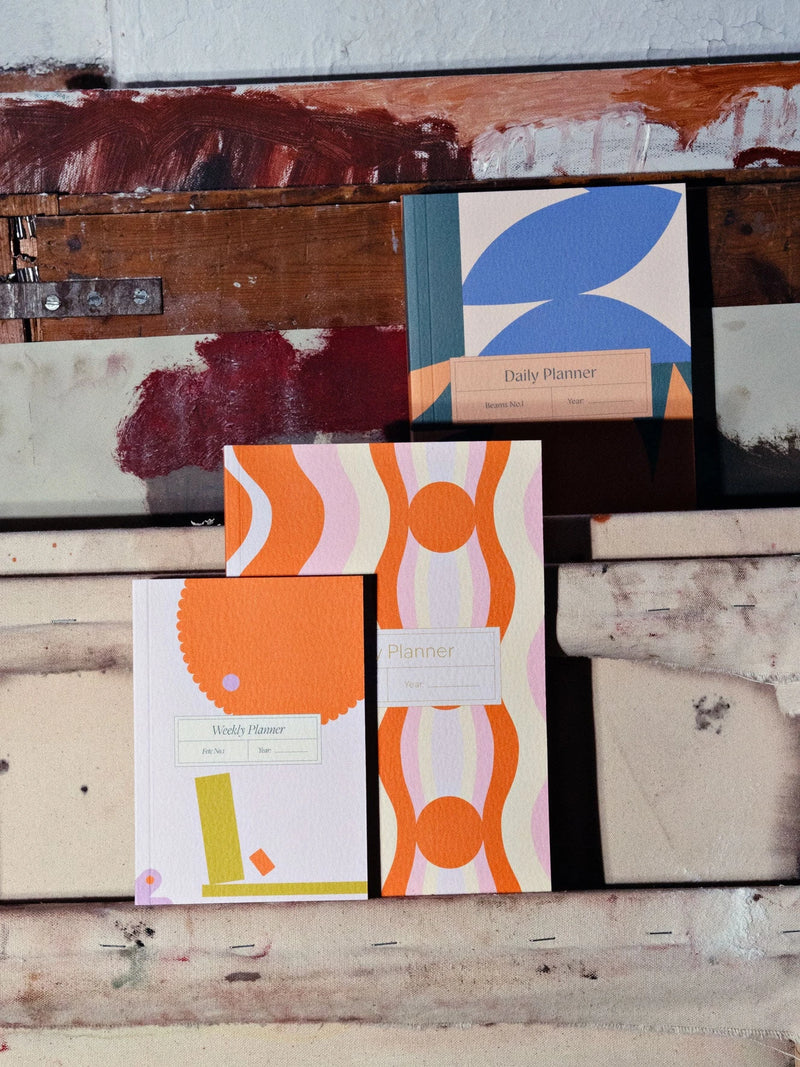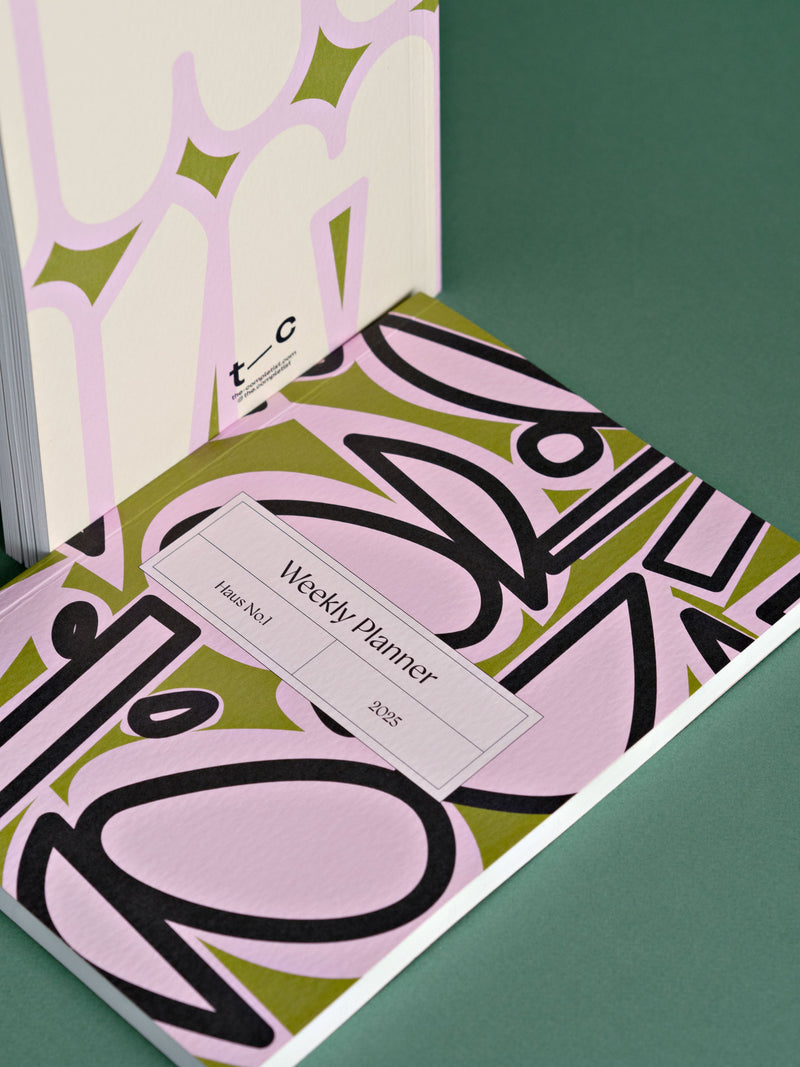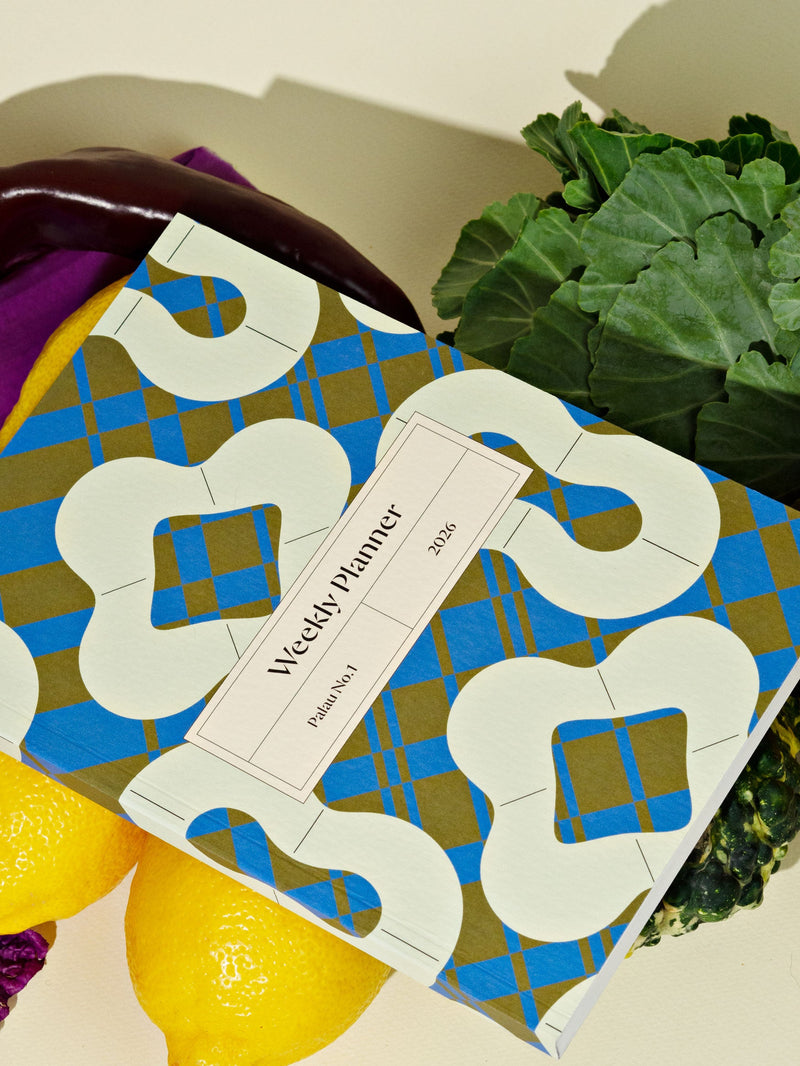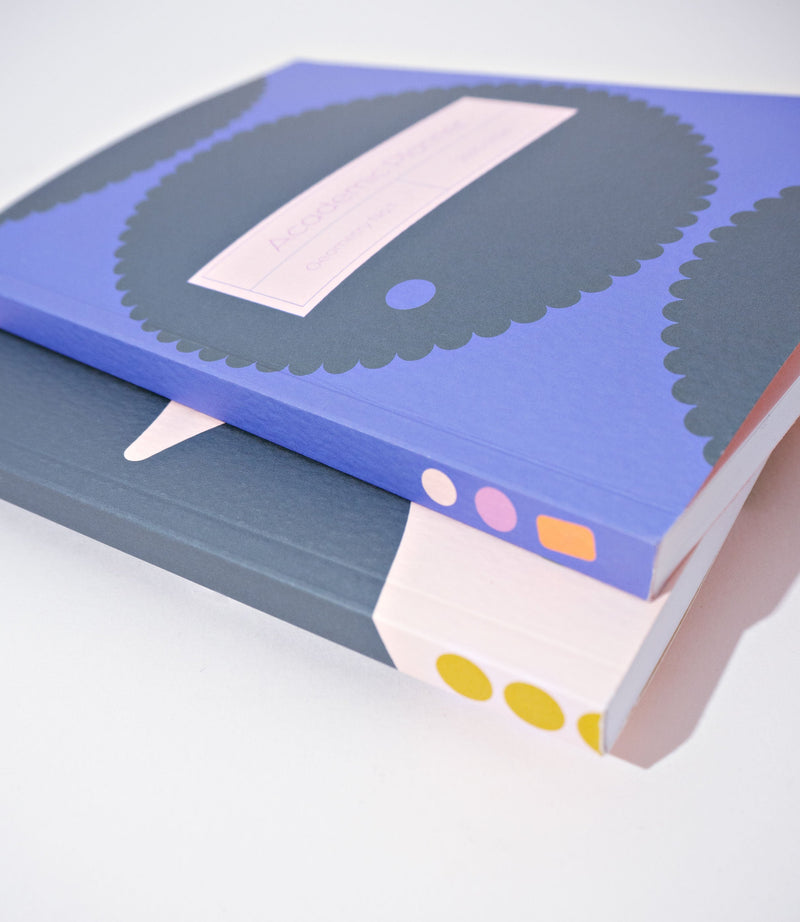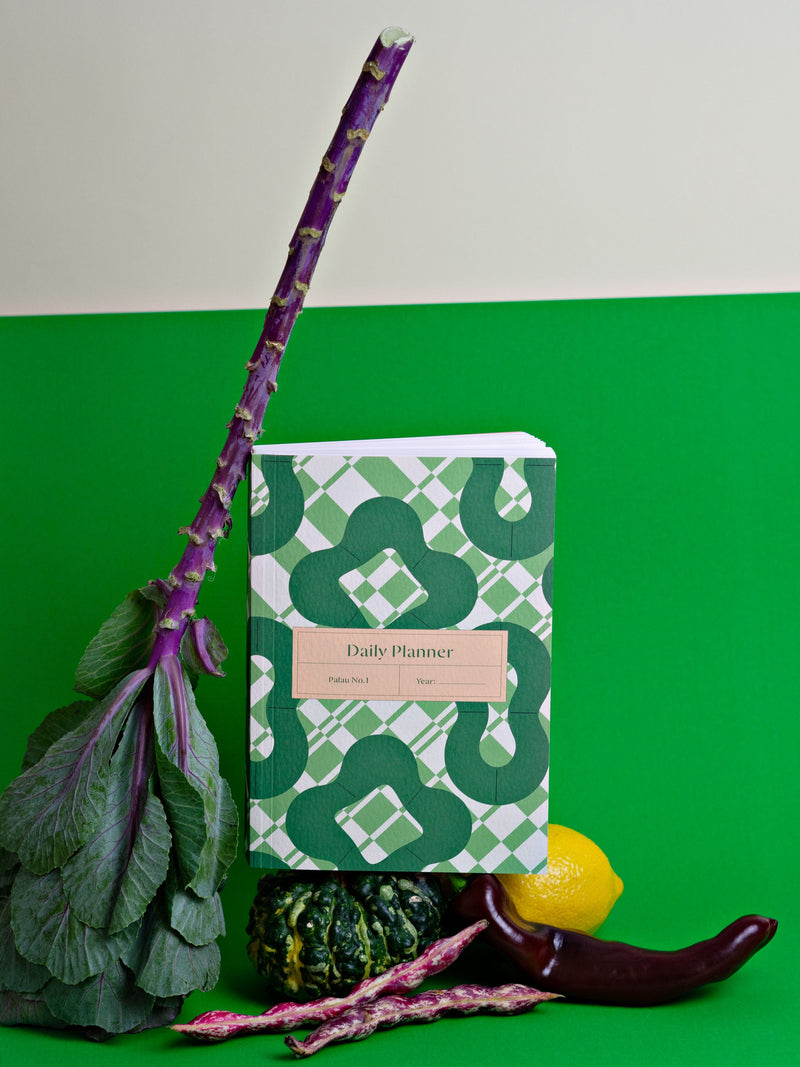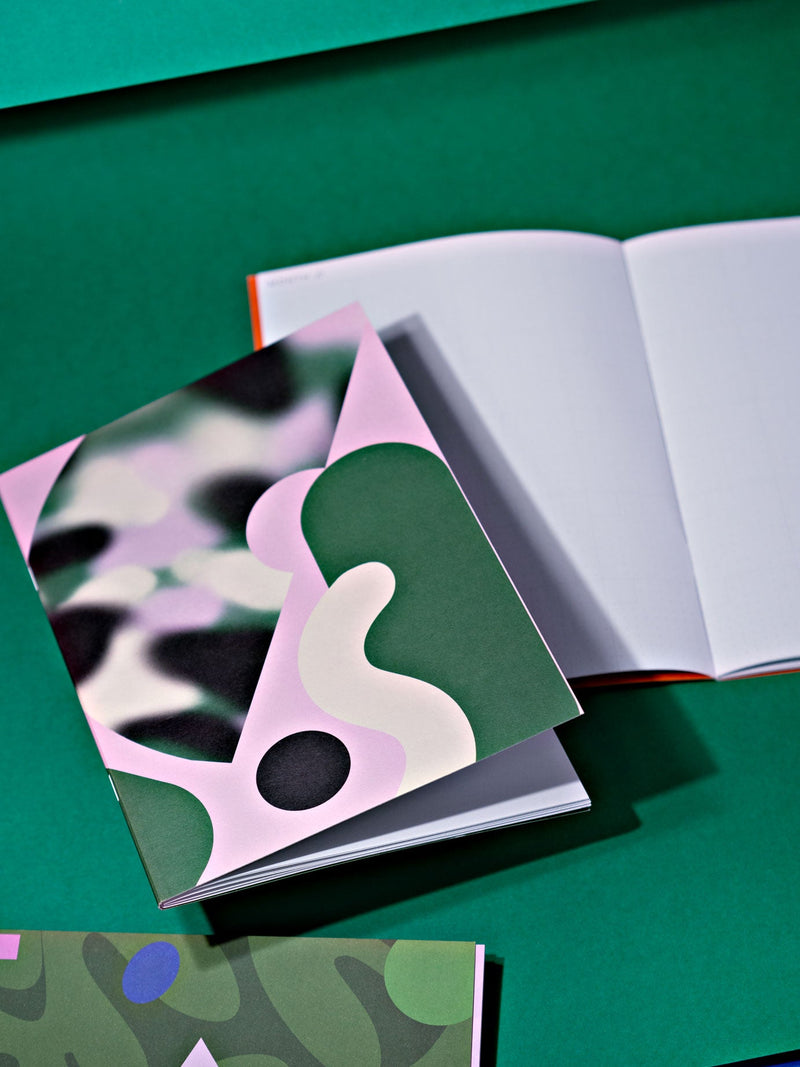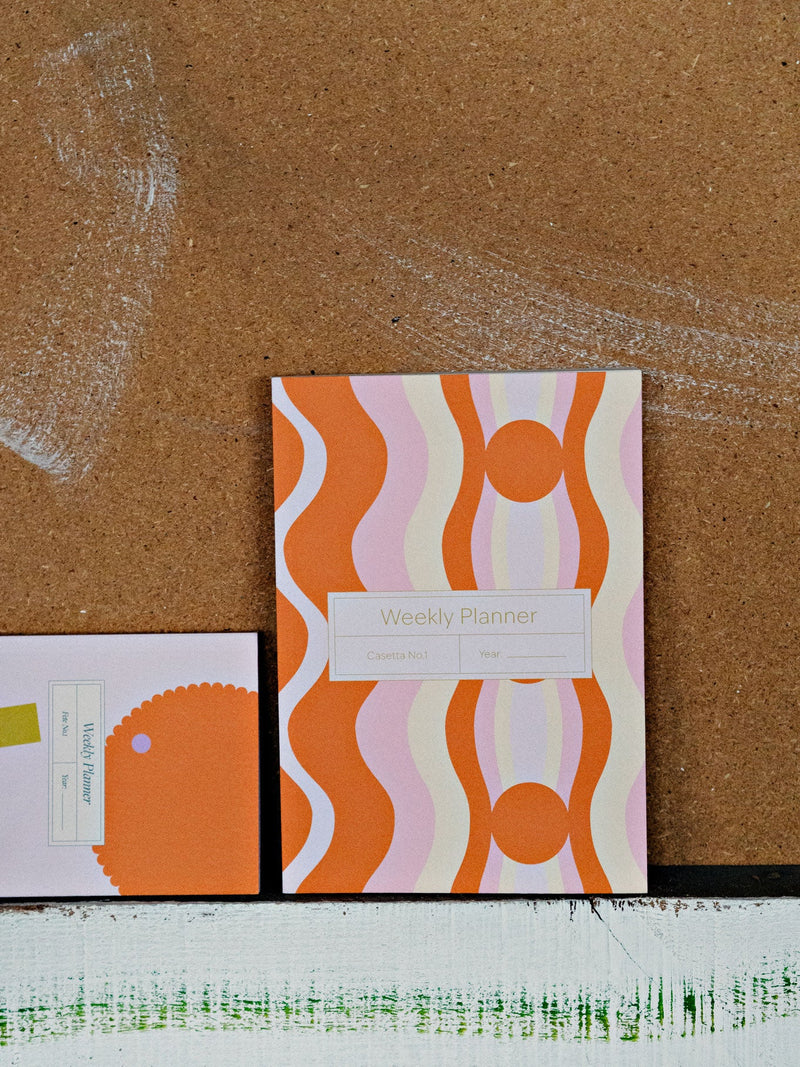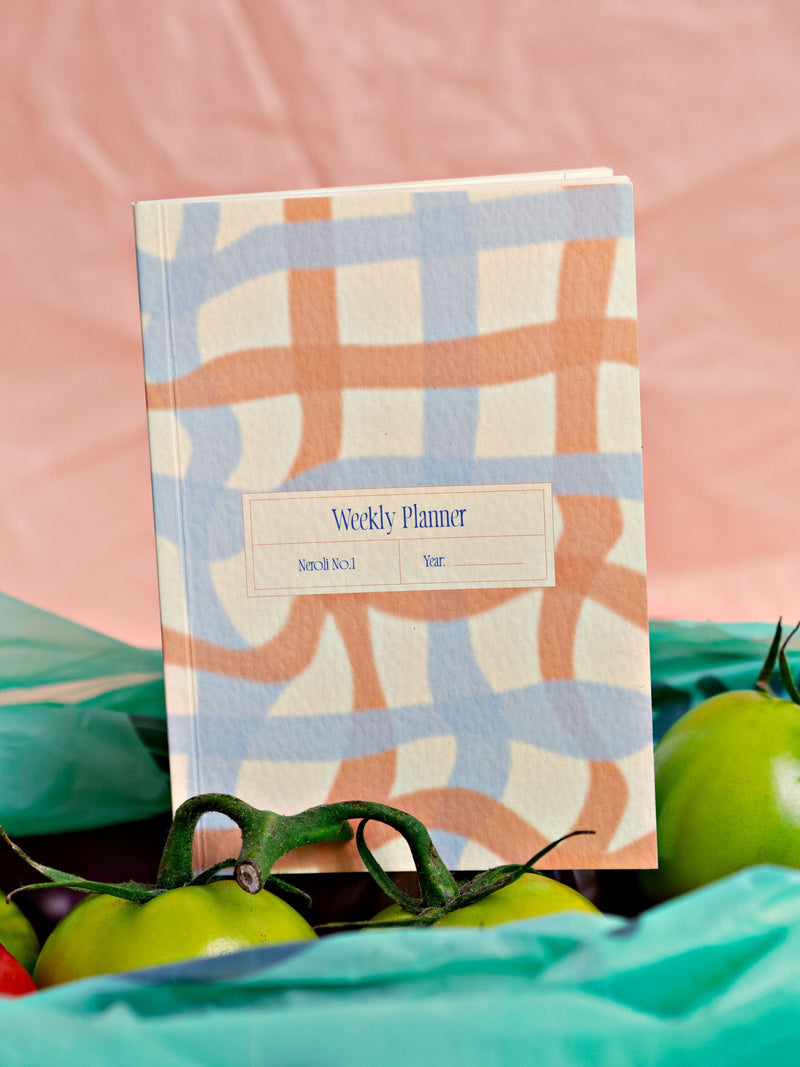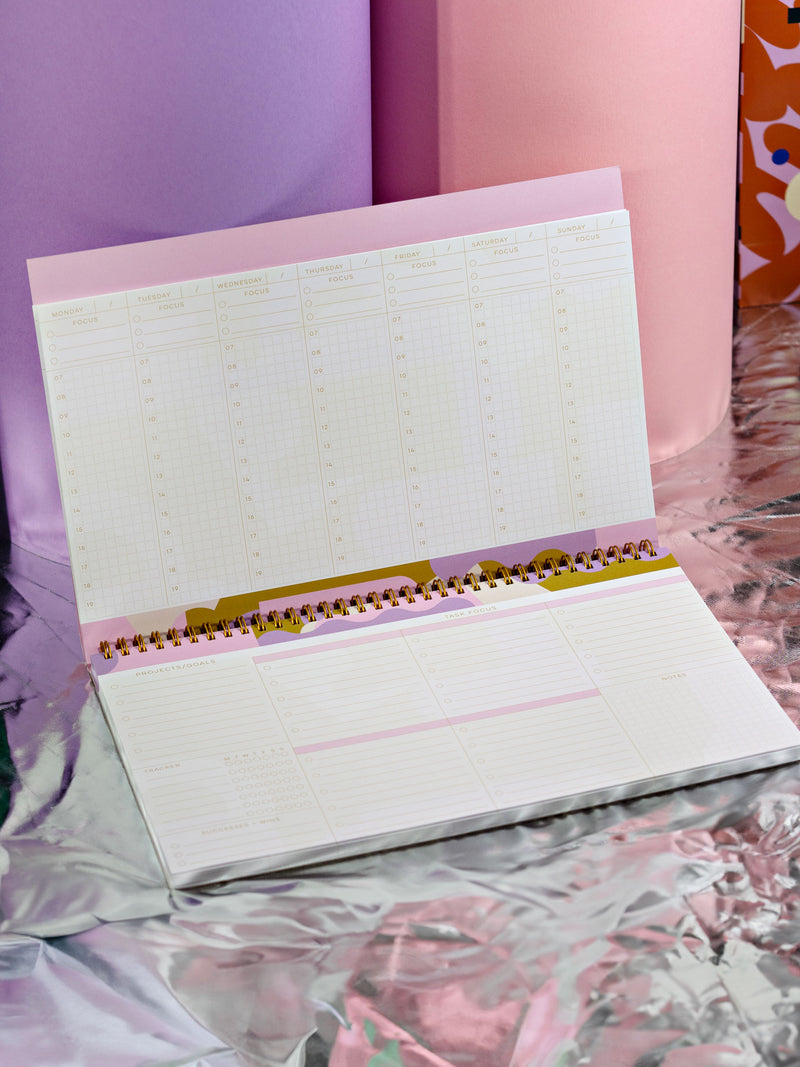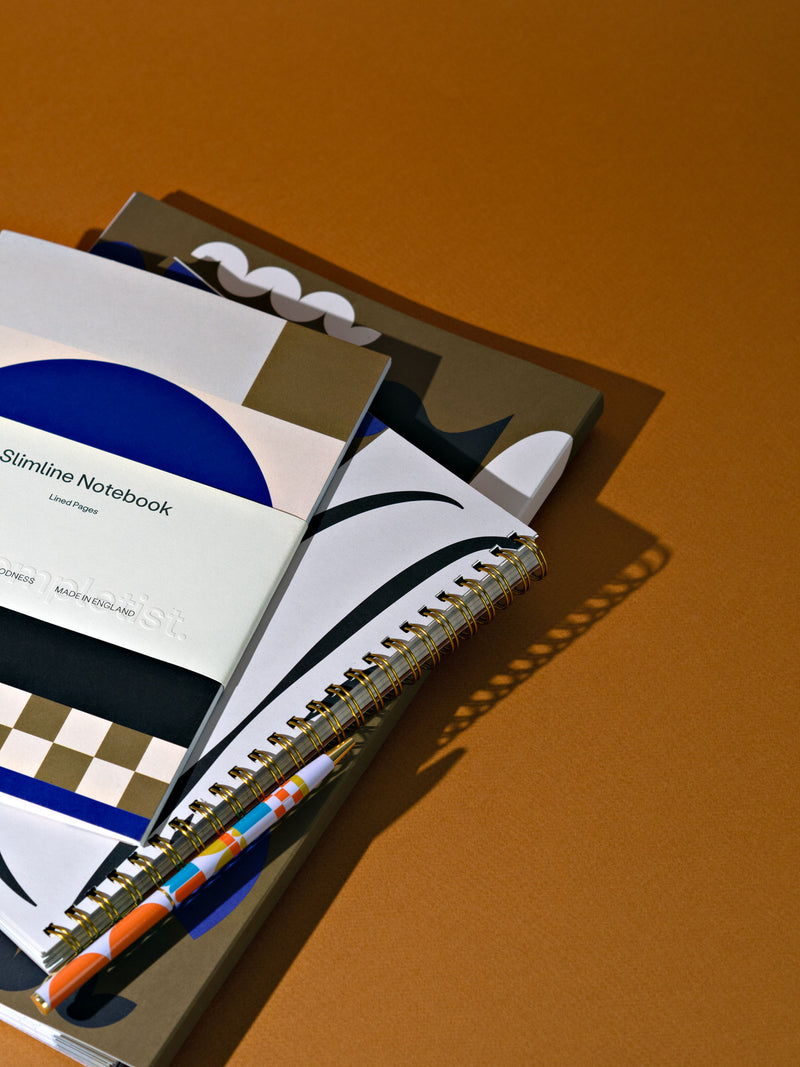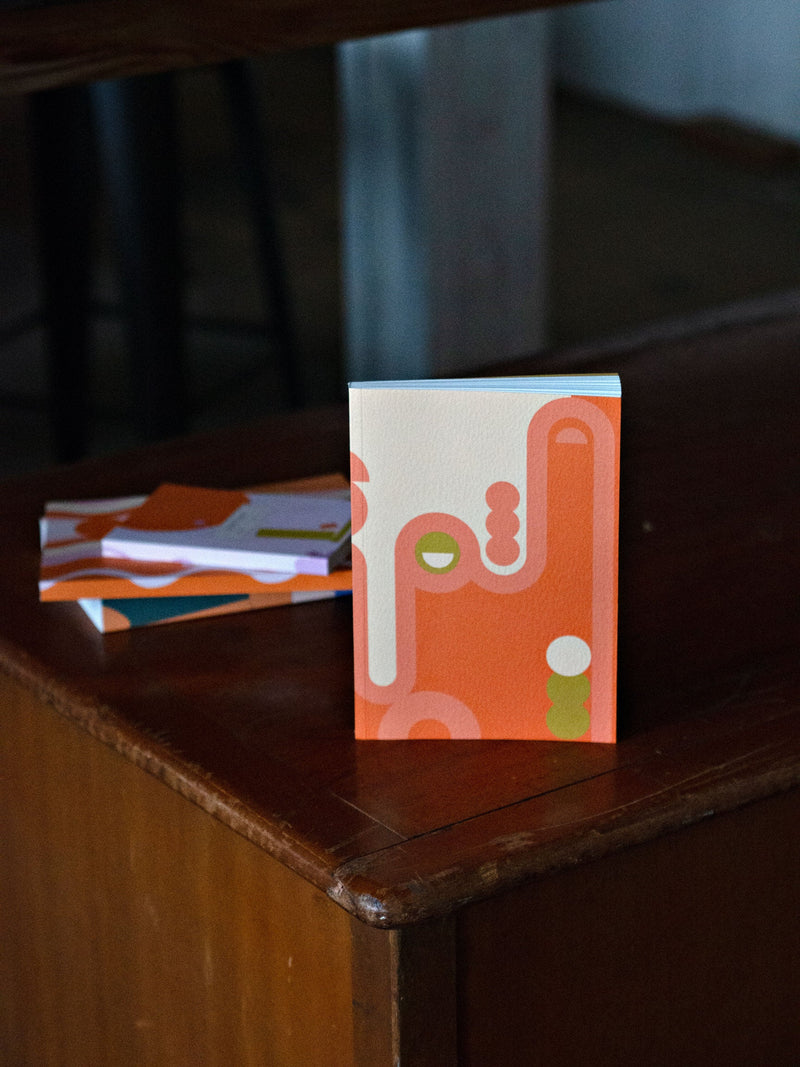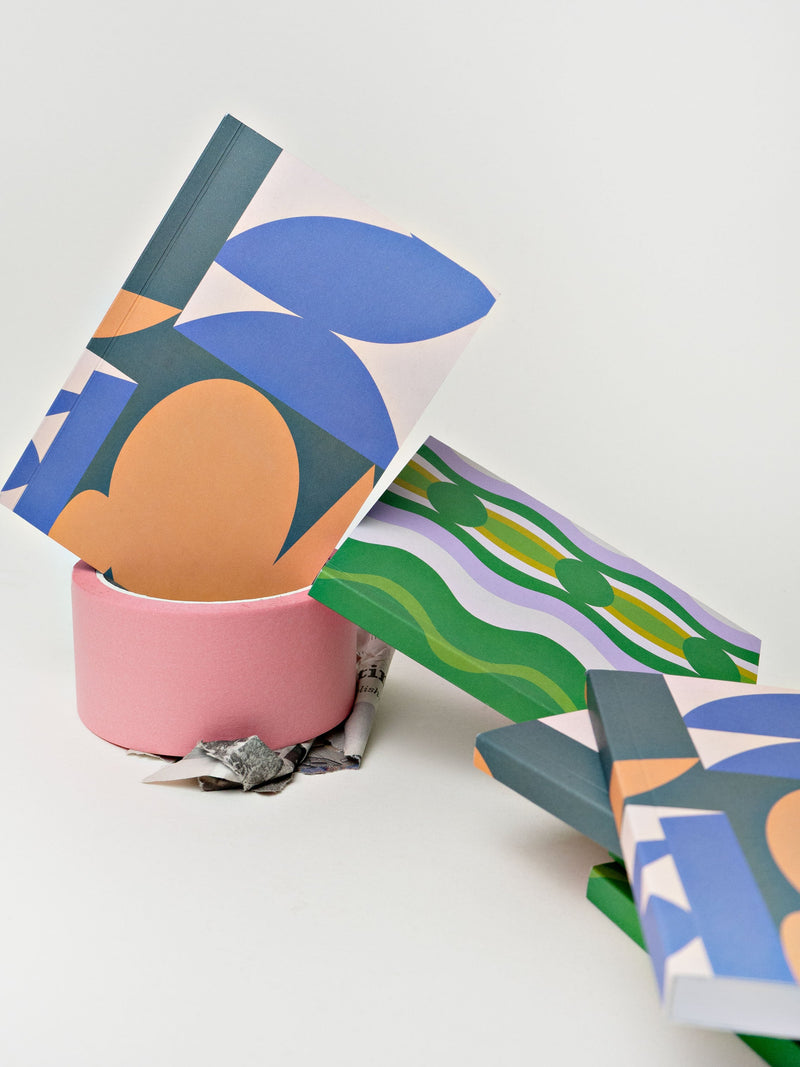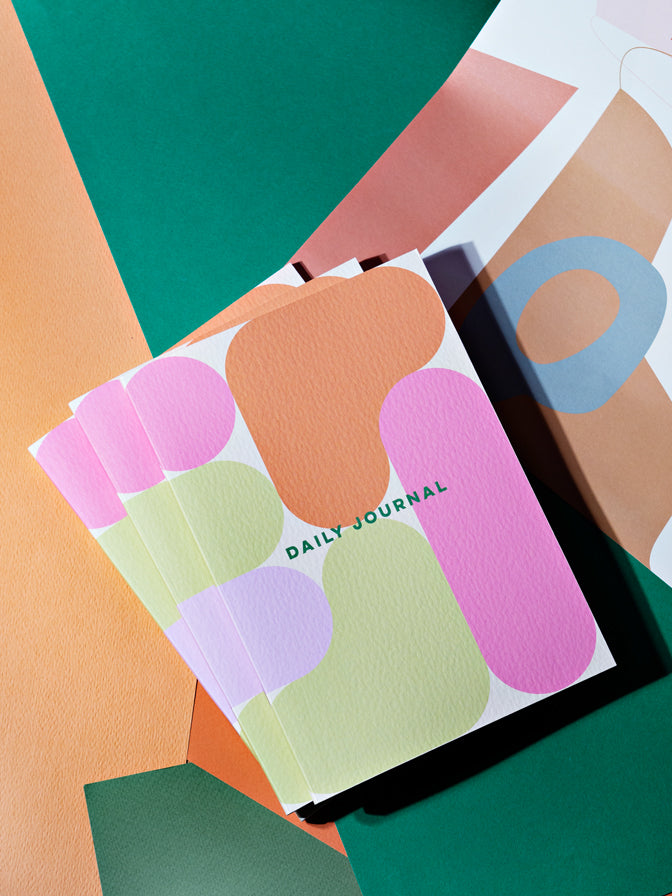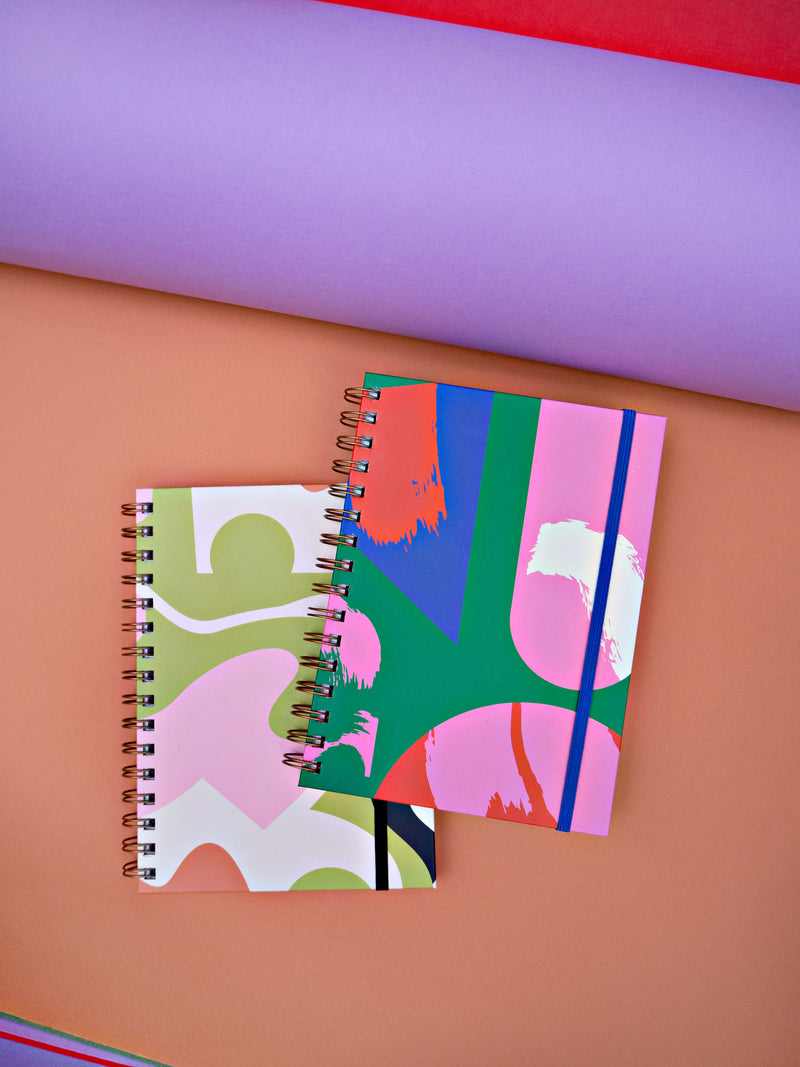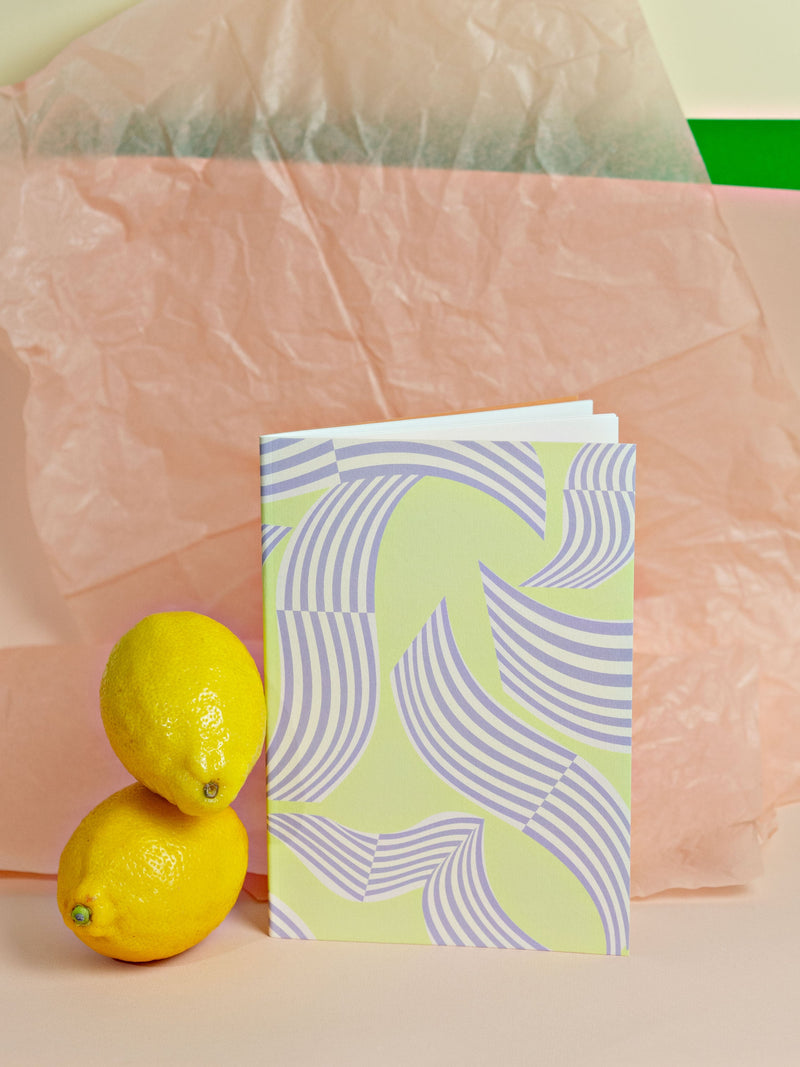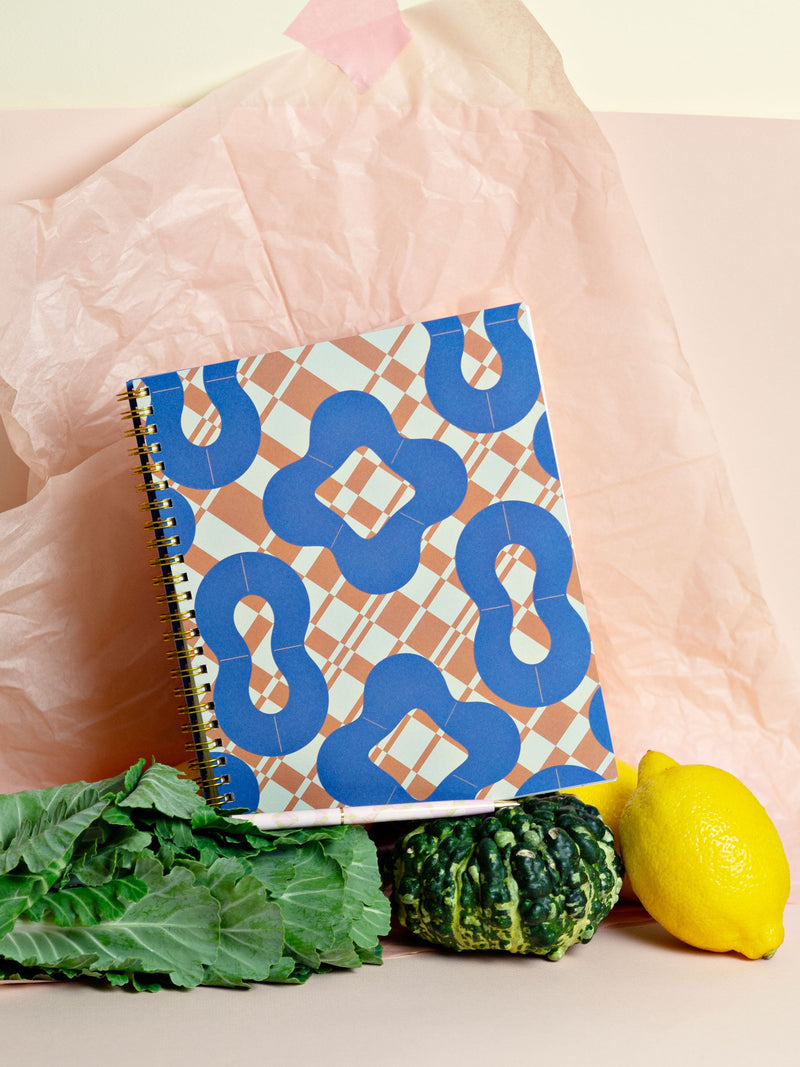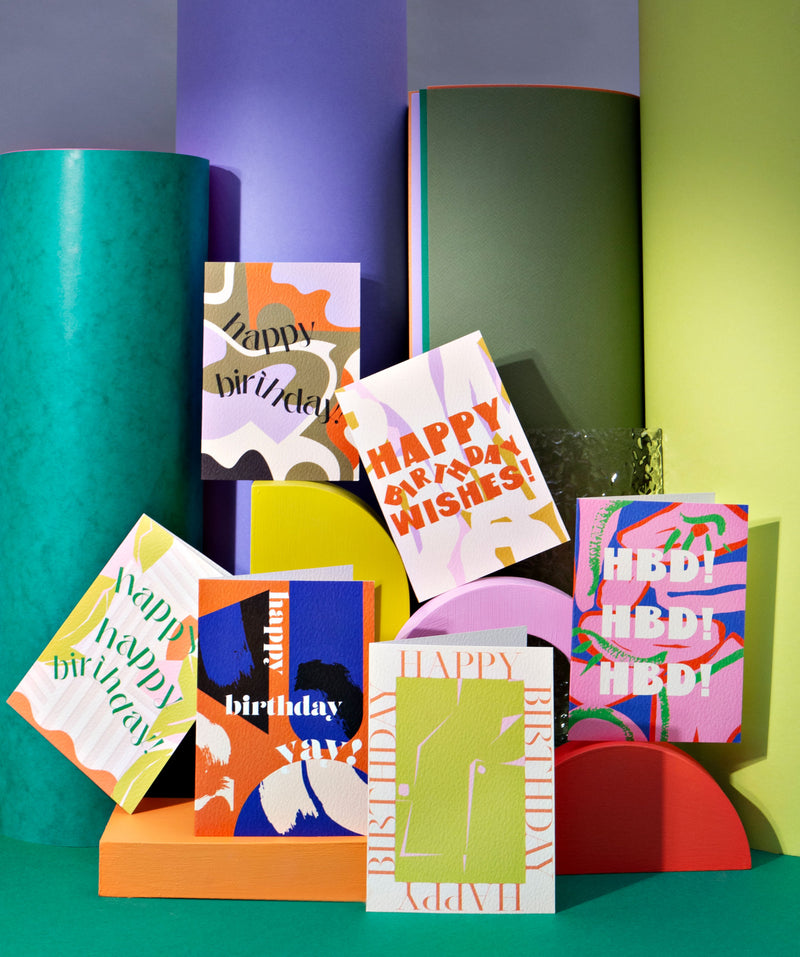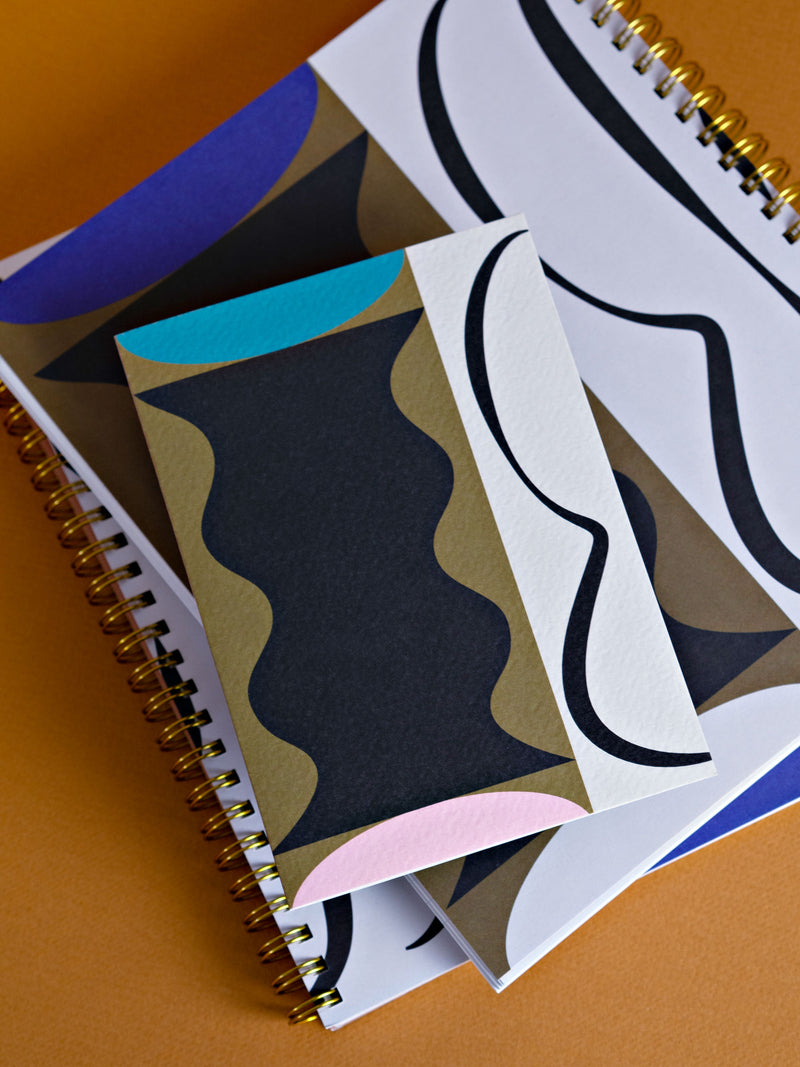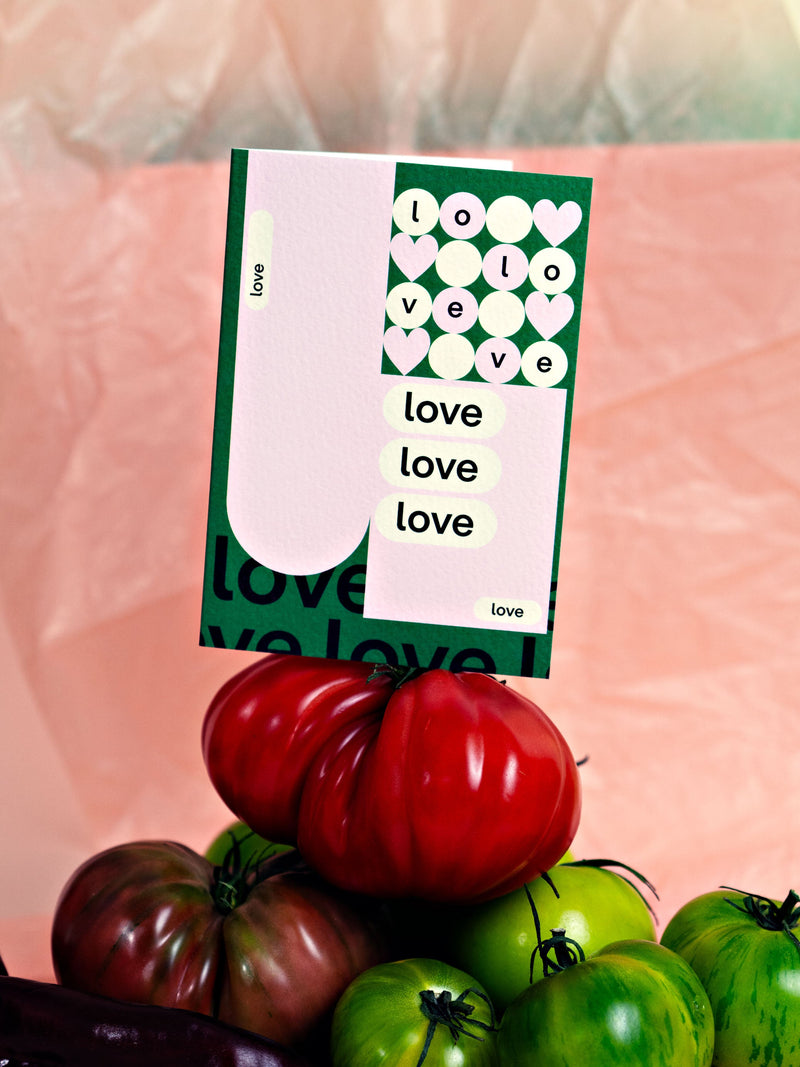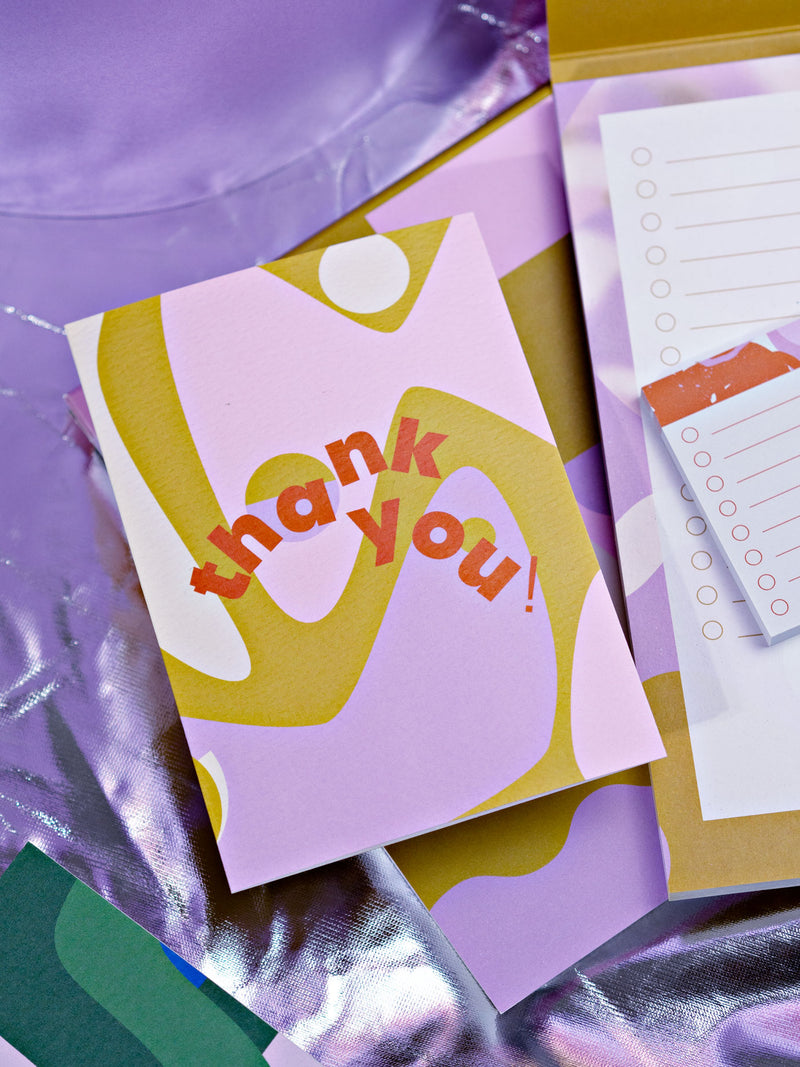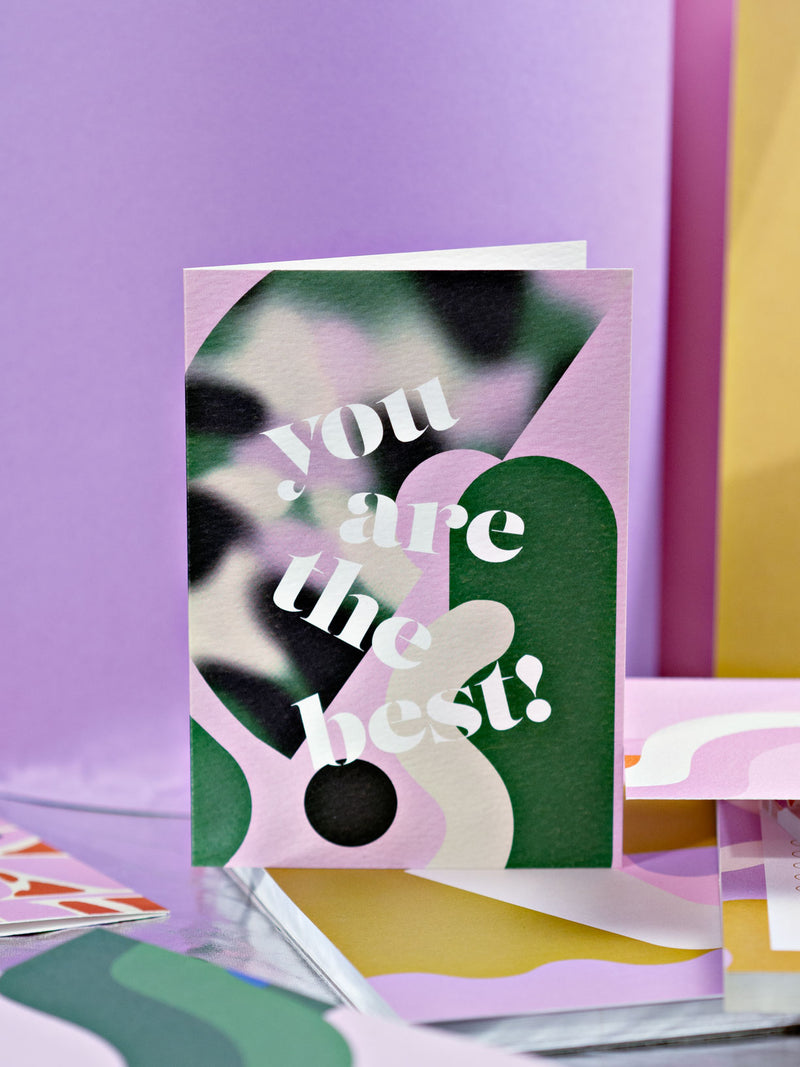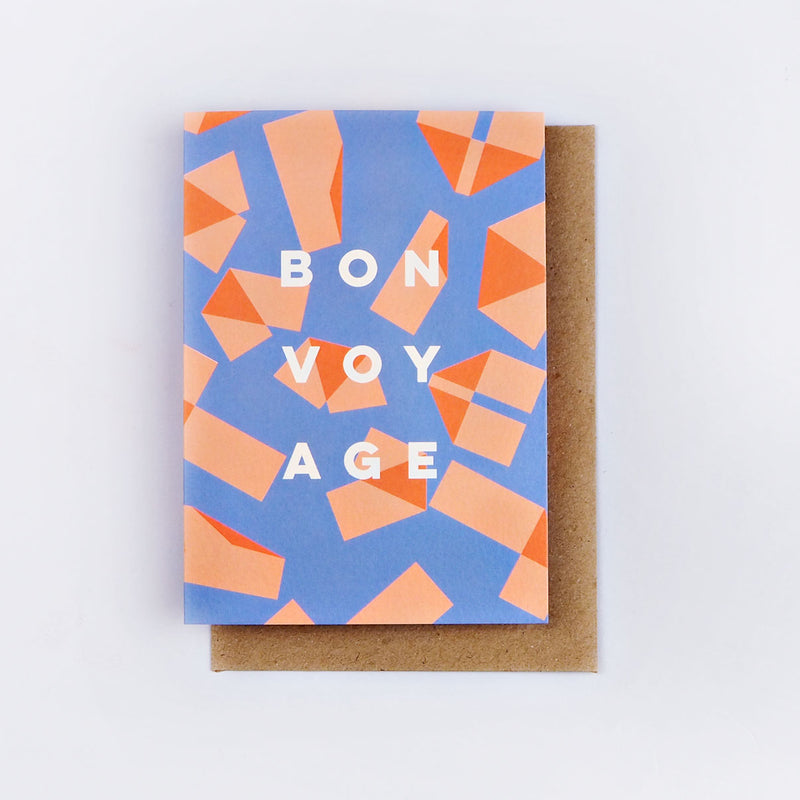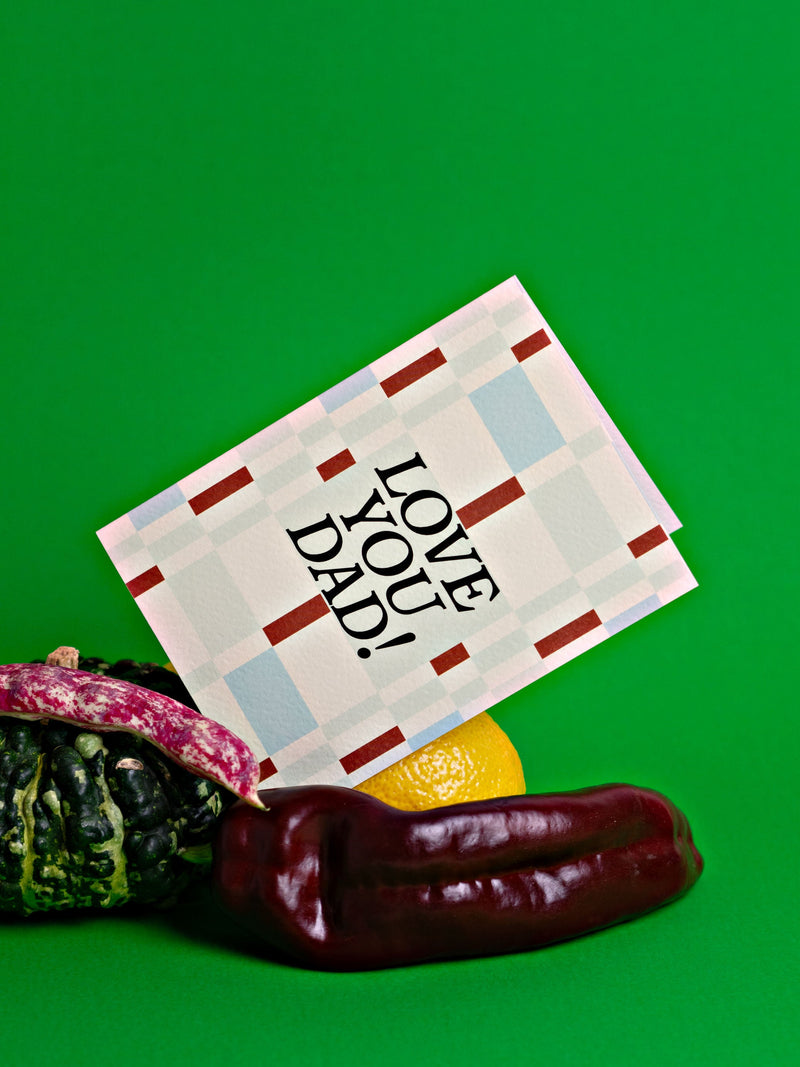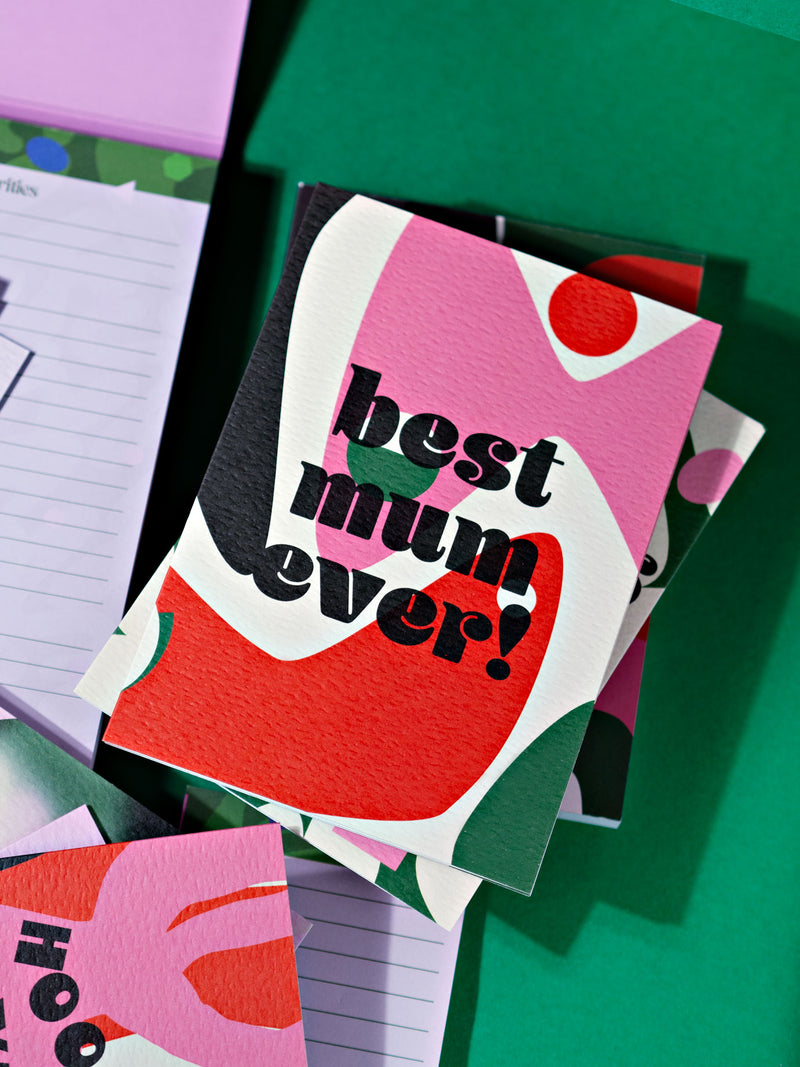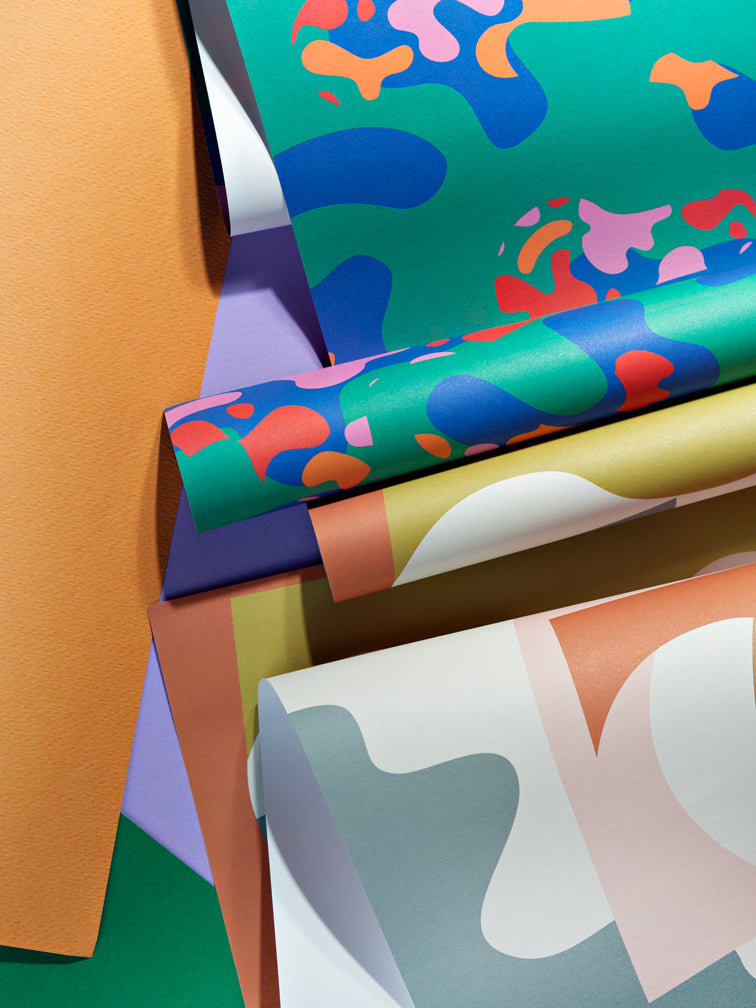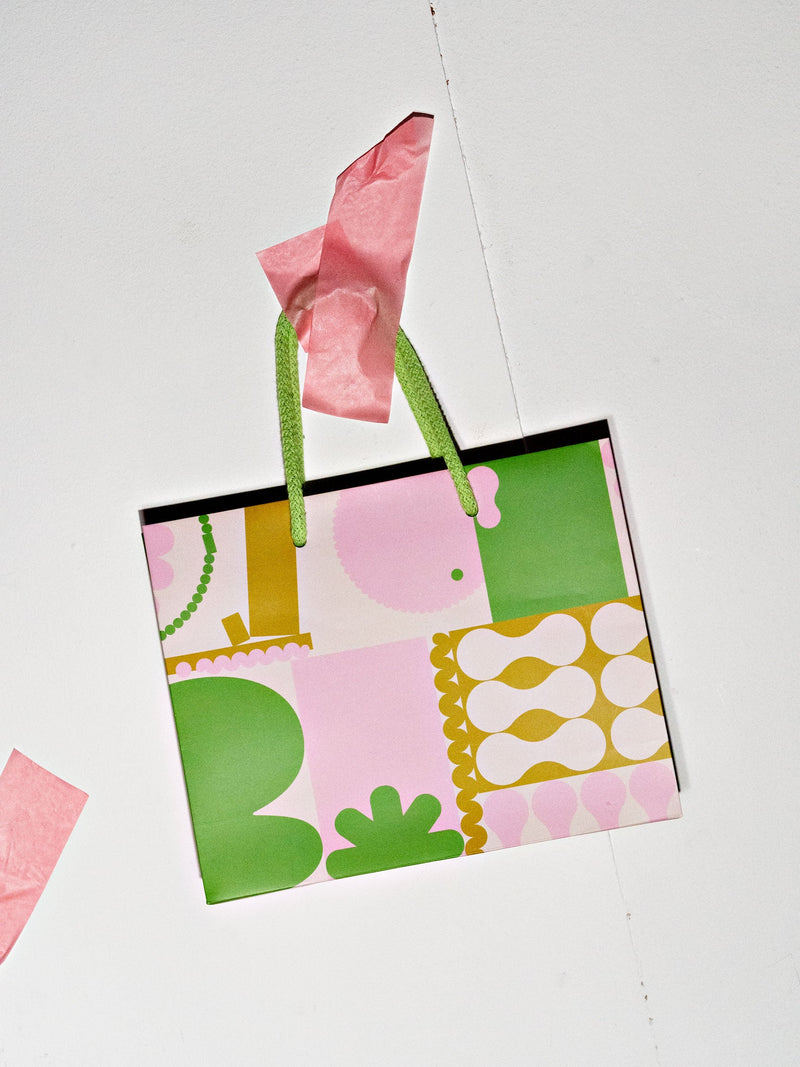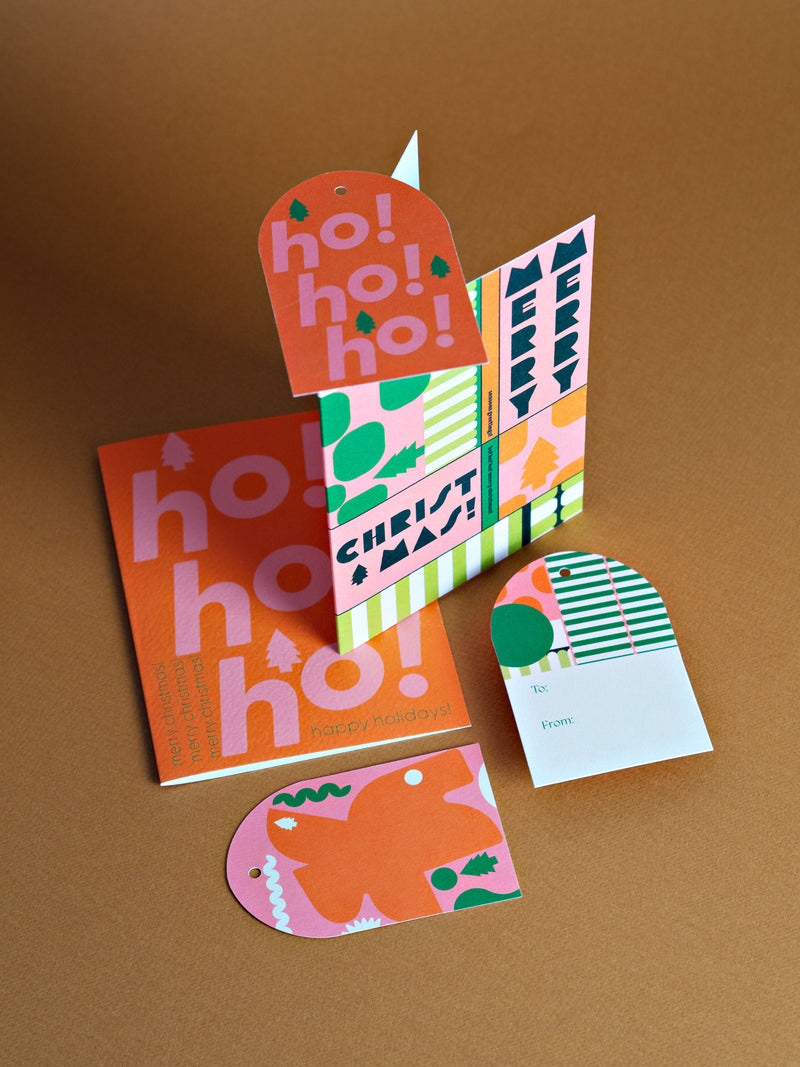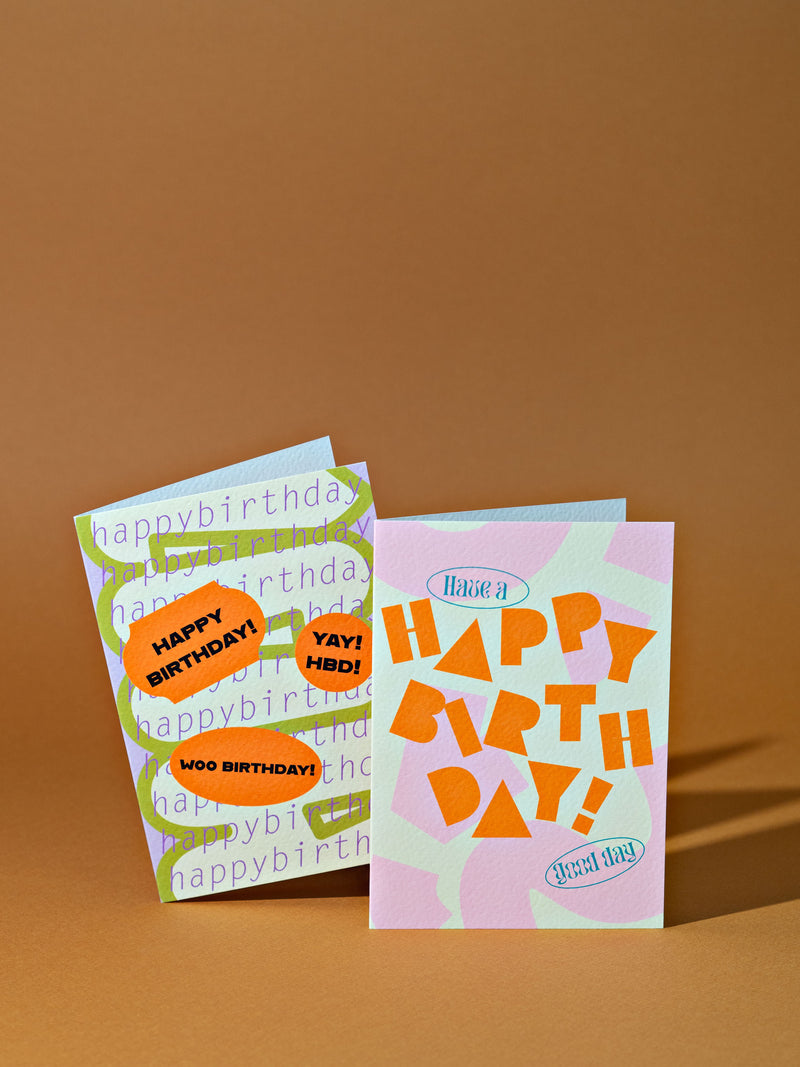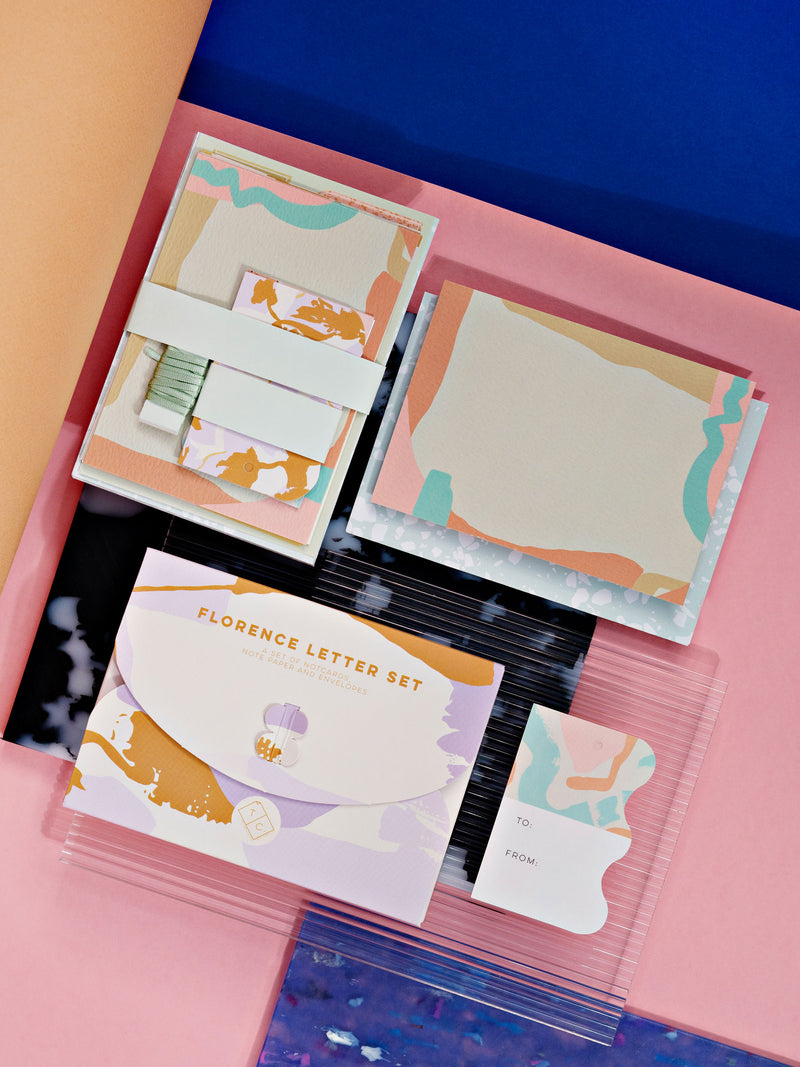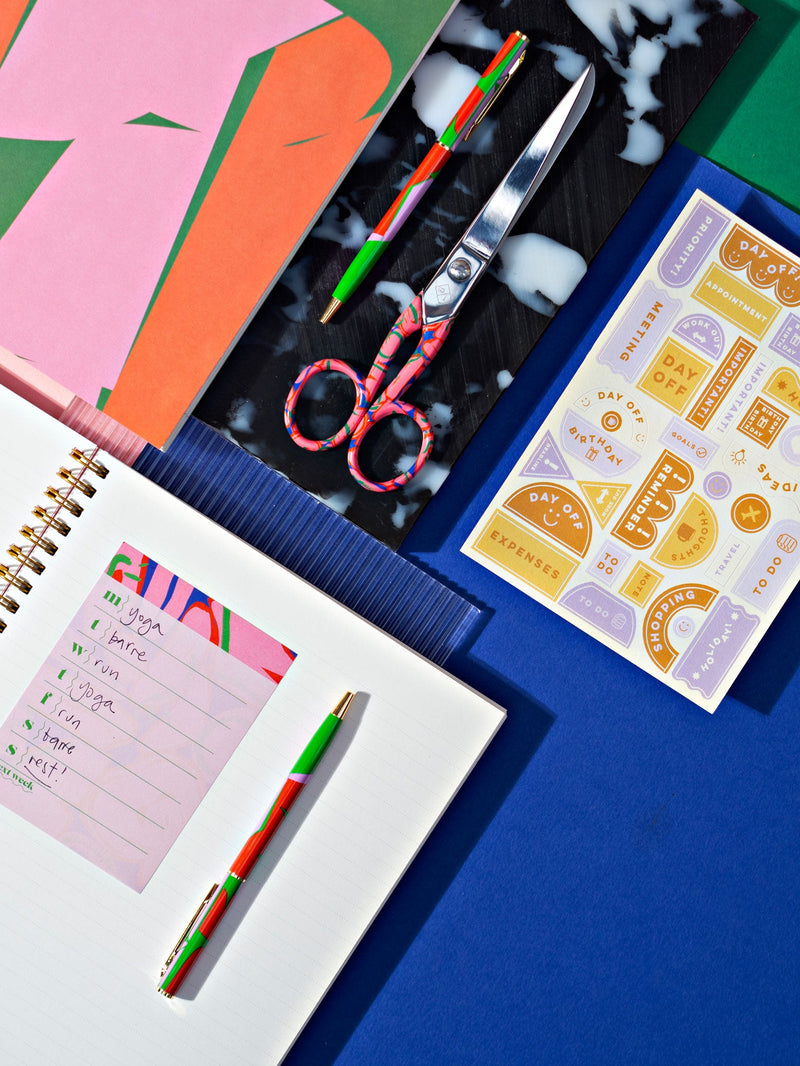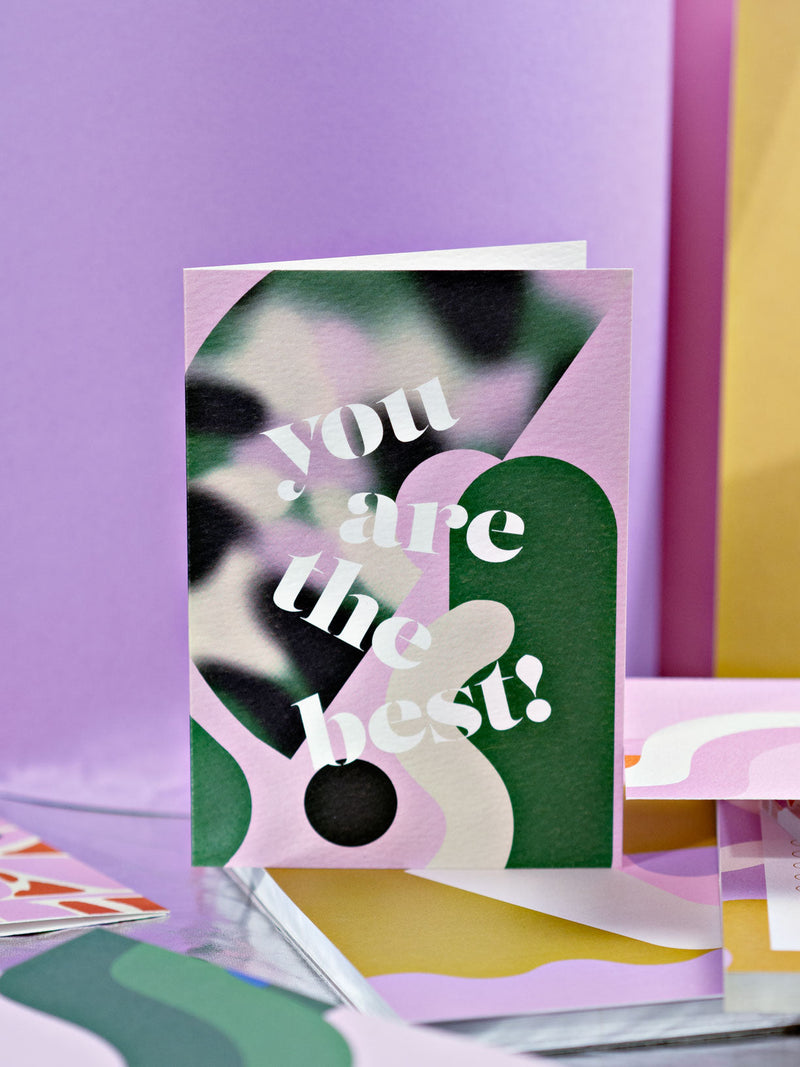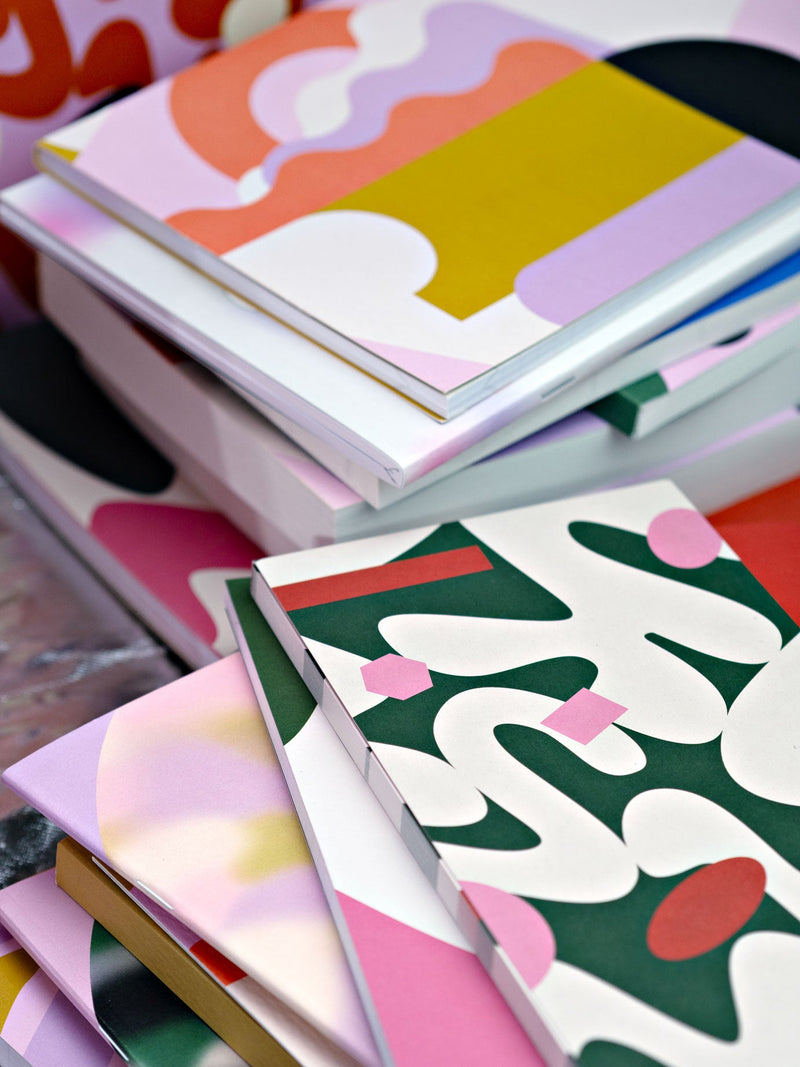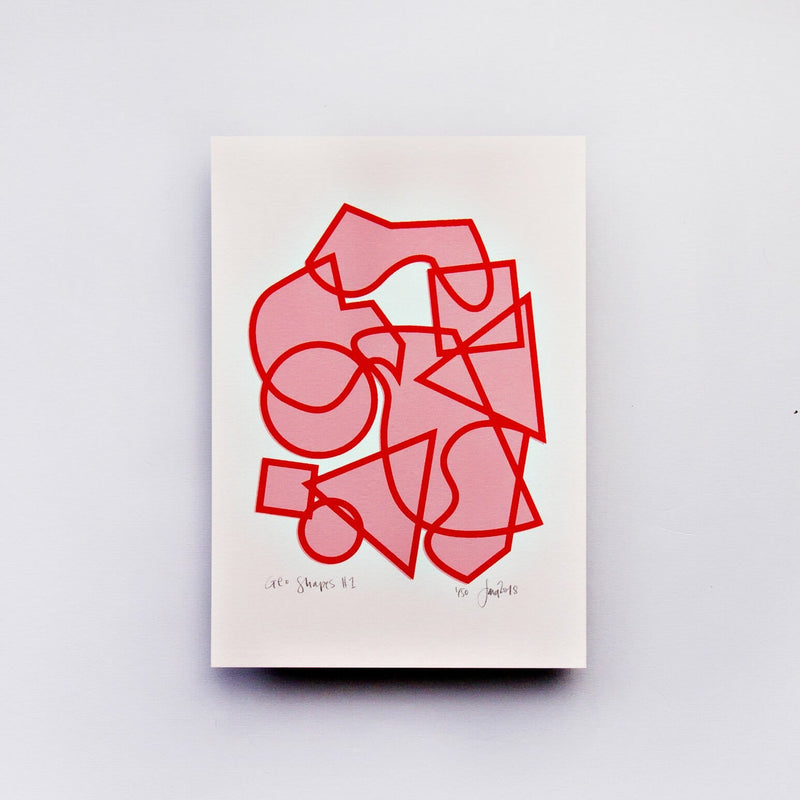Your cart is empty
Keep ShoppingTaking Stock
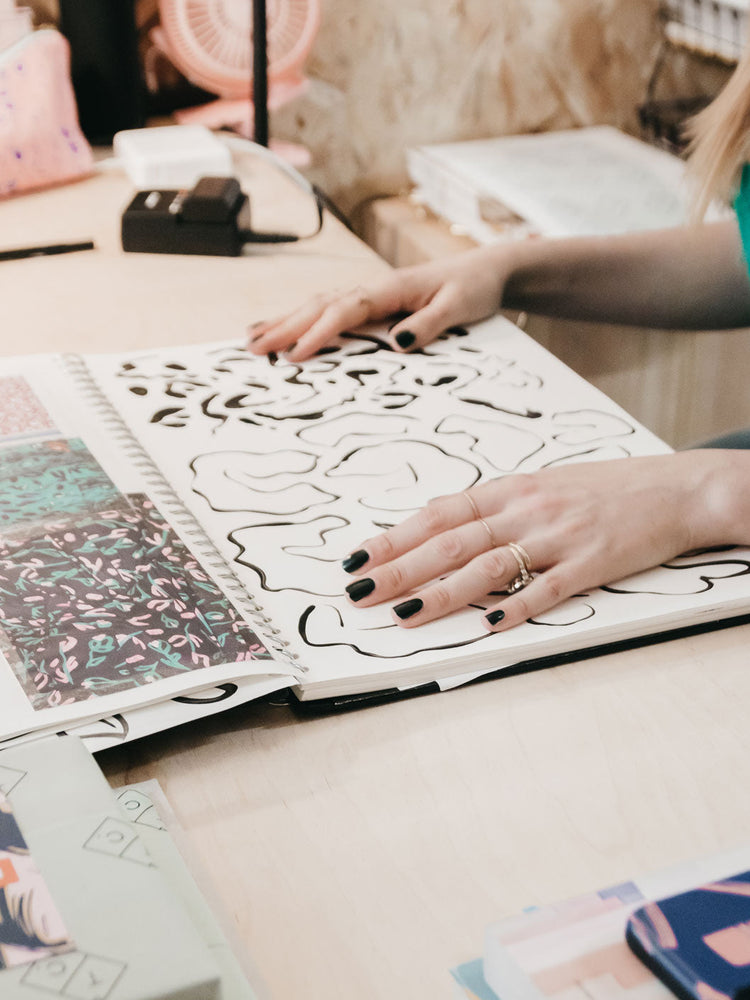
I was listening to the Proof to Product podcast this week (the episode with Morgan Harper Nichols, author of How Far You Have Come) which is all about taking stock and recognising everything you've achieved. My therapist is also a really big advocate doing the same, especially when what she calls 'the bad coach' comes out to rant in my head. So this post is going to be a bit of all of this, not just to pat myself on the back, but to share our journey with you guys. I think it's really important to be honest about your experience, and how you got to where you are. In the age of shiny perfect Instagram, it's really easy to make a whole lot of assumptions about someone else's business, and really, you're only seeing a very small part of what it took to get there and what it takes to make things run.

So, to start at the very beginning...
I actually started The Completist when I was working at Burberry as a product developer. The job wasn't creative at all, and I realised that I really was missing design. I love fashion illustration, so I thought I'd start a blog where I could post my sketches as I developed my skills, as well as any other creative bits (pics, collages.. anything really). I wasn't 100% sure where I saw it ending up, but I knew if I posted about it publicly, then I had to do it, rather than just talking about it. Over time, that gave me the courage to quit my lovely Burberry job to try to get back into design. I did this without another job to go to, but a 3 month notice period is a really difficult thing to sell to prospective employers, so I just decided to take the jump, knowing if I couldn't find what I wanted, then I'd just have to compromise and take the closest thing to the dream job.

Work in progress pic of one of my illustrations on the old The Completist blog.
Lo and behold, the 'perfect' job came along through an old work colleague - and on paper, this job was exactly what I wanted. It was very different to what I'd done before, but so was Burberry when I started and I figured I'd eventually land on my feet. But I couldn't have been more wrong - this ended up being in many ways, one of the worst experiences of my life. Total lack of support (considering what my job role was), constant moving of goal posts, being thrown under the bus, instability - you name it, I experienced it. If it wasn't for the lovely team I worked with, I would have nothing nice at all to say about my time there. I left that job completely broken, with my confidence at rock bottom. In retrospect, I know now that from the very beginning, I was fighting a losing battle, and given that they then did repeats of best selling things I'd designed, I know it wasn't totally me. But really, truly, I felt like such a failure, which is something I'd spent my whole life working my arse off not to feel.
So, I got out of there, decided to go freelance with one day a week of work locked in. I assumed it would be relatively easy to get more freelance (hint - it's the fashion industry - it wasn't) and Marko helpfully reminded me that I needed to find something to do with the other days in my week or I'd go crazy. He was right. One of my former colleagues had helpfully suggested I do something with those fashion illustrations I'd been doing on the side (oh yeah, amongst all the endless nights and weekends working on my old job, just trying to win that losing battle, I was still somehow fitting in those illustrations on the blog). She said she'd totally buy one. Suggested I speak to her friend who'd made a killing putting her illustrations on cards. Well, the workaholic developer in me never rests for long (though I did need a solid 2 weeks to mentally recover/decompress from the old job) and the ideas started flowing. Tote bags, screen prints, notebooks... well I had a lot of ideas, so I kind of just threw everything at the wall. Thing is, this is where I made mistake number 1 (and learned lesson number 1)
Don't start something unless you have a clear vision of what you want it to be....
Seriously. All those stores I approached with my mismatched, unclear range, who were polite enough to reply to me, thank you. We've all got to start somewhere, right? So I plodded along aimlessly like this for about 5 months, until I got a magical email... the printed.com Business Booster competition - the winner gets a stand at Top Drawer. There was no bigger opportunity - the thought of showing at a trade show seemed so far away, so huge (kind of like moving from the western suburbs of Sydney to London but that story is for another day). So I applied and promptly forgot about it, until I got an email that I'd been shortlisted. Looking at the other shortlisted people was the motivation I needed to sort myself out - I still vividly remember getting every bit of product we'd made so far and putting it on the living room floor, so we could decide what we were proud of and what kind of brand we actually wanted to be. Did we want to be the brand with the funny cards? That's a lot of hard work and depending on trends, possibly something that runs out of steam. Did we want to be a design brand? Yes. But not just another minimal Scandi-inspired brand. Loads of other people are doing that better than I ever could. But what I did have was my prints. My lovely, 80s inspired prints that I got a really good response to. It was also at this point I remembered what I spent so many seasons working with while I was at Burberry - my beloved range plan. It helped me be clear about what I was offering, and to create a fleshed out range that made sense. So that's my second and third lessons:

An example of one of our original card designs when I was.. let's say, 'aesthetically unfocused'
Make a range plan, be clear about what you're offering, and stick to it.
This doesn't need to be anything special, and there's no magic formula for numbers. Personally, I have a thing where I prefer even numbers, but that's just me. What I found helpful the first few times I built a range, was to actually map out how many styles I wanted per category, with simple boxes on the page, and stick to that. It's good having a goal to work towards, and it's also good to set yourself boundaries (or you can really go crazy, design loads and ultimately bamboozle your customer - editing is your friend). Now I've been at this for a few years, for most categories I work on a 'one in, one out' policy - there's definitely always the risk of too many styles in a category, which means people never really know what to buy, or sales will be average across most things, meaning you never get a good read on what's actually selling well. There's no formula for deciding this either - I go on my gut feeling, but I think the further down the line you are, you start to know when you're on the borderline of over saturating yourself. This following pic is one of our current range plan - as you can see, it's very basic. Nothing more than a big piece of paper on the wall, with boxes for all our options and then thumbnails of all the designs so we can move them around and see what works where. But it's an invaluable tool - I'm constantly referencing it throughout our development months.

Our current range plan - it's a visual 'map' of everything coming for the new collection.
From the outset, be really clear about what your brand is, where you want it to be, and what your values are.
I was so lucky to have worked at a place like Burberry, a brand that's so, so clear about their brand identity, right down to each office and store having exactly the same furniture, fixtures.. even the same office supplies. Obviously a brand that's over 100 years old can easily set the boundaries for what's right and wrong for them, but it was actually a really good learning environment. Too many of us think we have to say yes to everything when we're first starting out. It's that old paranoia that if we say no to something, that we might not get an opportunity from anywhere, ever again. Any business owner can tell you that's the world's most common concern, and more importantly, they can tell you it's absolutely not true. I said no to a very big retailer after our first trade show because I didn't feel they were a good fit, only to go on and get Selfridges 2 weeks later. I've said no to small stores that asked for too much (feel like they're really trying to take advantage? Say no, it feels good), I've said no to countless 'influencers' and one big, actual influencer because it just wasn't the right fit. I've said no to big chains because while the money would be good, I wouldn't be proud to be stocked by them. On the flip side - if you want to work with those sorts of people and it fits your brand, absolutely go for it! The point is, you need to know your boundaries, goals and values, and you need to feel good about saying no to things that just don't fit with them.

Mixing maximalist covers with Japanese-inspired simple internals, our undated planners have become a core part of our range, and a go-to product for planner lovers.
Remember, things take time.
Okay, so we've done a lot in 3 years since the business started, and a lot of that is down to me being incredibly impatient, but I'm also very risk averse. It might seem like things have really exploded for us, and in a lot of ways they have, but I've also spent a lot of time just constantly checking my stats, waiting for the orders to come in. Even after doing our first trade show (yep, we won that Business Booster competition) there were a lot of crickets. I suppose in a sense, you never know what to expect, but the chances that your brand is just going to get picked up by every cool store immediately are very slim. What you don't see is the behind the scenes graft (and that's true with us, even now). Every holiday spent sightseeing while carrying around catalogues in case we encounter a cool store so we can introduce ourselves (this does actually work), every store we shower with love on Instagram in the hopes they'll notice us (sometimes this works, sometimes it doesn't), the compiling of lists of stores we want to work with, cold emailing them and the waiting for replies (they don't often reply)... it's a lot. You've got to be thick skinned, and it's easier if you expect no replies, that way any response is a lovely surprise. What's important to remember is that it's not about you - people are busy, it's hard to keep up with the millions of emails, and unless you catch people at the exact right time, you might not hear back from them. That's not to say you aren't on their radar! Sometimes it takes years.. but, timing really is everything. I can't tell you how many times we've met a retailer at a trade show, mentioned we'd emailed them only to have them say 'oh yeah, I meant to reply to you and forgot!'... 2 years later.

Hard at work at Maison + Objet
There's no easy/fast answers.
When I first started and was getting zero sales, I was very tempted to sign up to one or two of those instagram courses.. you know the ones, where the person does the whole free spiel only to withhold the good bit of info at the end so you really, really want to spend £457 (special price reduced from the usual £887!) on their instagram course. Here's the thing - it's really easy to spend money on these things, but very hard to spend good money on them. When you're first starting out, unless you've got a big pot of cash, money is tight. Please, please don't spend money on these things, unless you're totally sure they're worth it. Do your research, see what other people are saying about their experience with it - you might find that these reviews help you make up your mind very quickly. There's a book called Oversubscribed - it describes this exact sales tactic, and it's very hard not to be sucked in (even for a total cynic like me). That's not to say that people using this method are selling rubbish - absolutely not - but what I'm saying is that you need to just take a beat, and make sure that course is really worth spending the money on, and that you're not just being ambushed by a sales tactic. My personal experience is that I found it much more beneficial to spend money on trade shows/market stalls/pop ups etc to get myself in front of people, and on actually buying product and building my range. This sounds basic, but I mean.. you're not going to manifest an audience and sales without actually being in front of people with good things to sell. The bonus is you're also meeting people in similar situations to you - I'm still friends with some of my trade show and early market friends, and they've been the most incredible support and resource for me. Certainly more worthwhile than paying a person lots of money to tell you that you can manifest a magical boss life - all this is manifesting is a healthy bank balance for your coach.
What isn't printed in books or in any of these courses is that a lot of us start out by winging it. The point is, we got on and started something. It might not always work, but it's certainly got a better chance if you build something tangible rather than the idea of something. There's no perfect time, so just start somewhere.
On this note, I will tell you that the two things I've spent money on that I do recommend are PR Dispatch and Proof to Product Labs. PR Dispatch gives you all the training and tools to pitch your brand to the press, and I've seen so many brands get incredible coverage for themselves through it. PTP Labs is actually the first coaching thing I've ever spent money on - if you're not sure it's for you, listen to the podcast. It was the first podcast I actually sat down and took notes from. If you need to get actual strategy in place around business ops (email marketing, social media, wholesale etc) then it might be a good fit for you too.
This brings me to my final lesson...
You're only one person - know your boundaries, and know when to say no.
Taking it back to the podcast I mentioned at the start, something that really resonated with me was Morgan saying she needed to remember when to say no to things. Not every opportunity is worth the heartache! Just from a personal standpoint, there's only so many hours in the day, and as a small business owner you're always at risk of spreading yourself too thin. I know one of the worst projects I took on, had very small financial value, even smaller brand value, and worst of all, the person on the other end didn't respect my time (and it was happening at a very stressful time, which they were fully aware of). It was a really important lesson to learn - I didn't feel good about it from the start, and I should've trusted myself. Again, it's an old self-help trope, but it's true - say no and feel good about it. The more time goes on, the more I actually feel really empowered by saying no (that includes saying no to internet randoms who write to you asking for a LIST of supplier information they'd like you to hand over. Feel free to just ignore those).
So... that's a lot, and I think if I continue, this'll become an essay. Which means... there'll probably be a part two. HA. In all seriousness, there's a lot more that got us to where we are - loans, trade shows, all sorts of risks and making things work. So i'll post part two about all this soon.
- Jana

